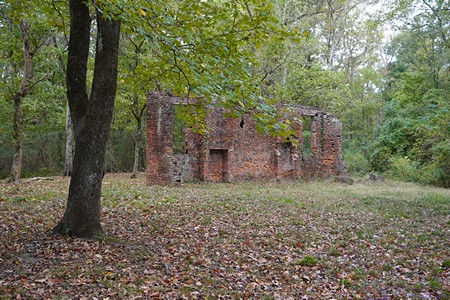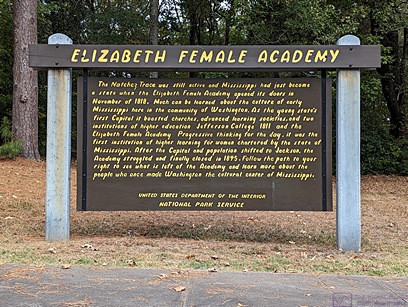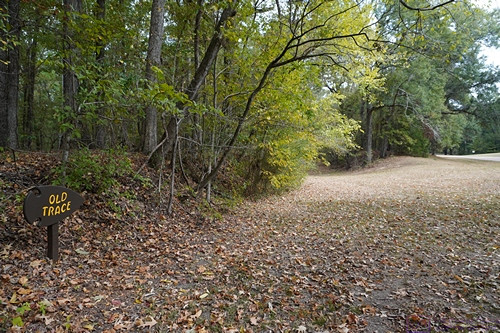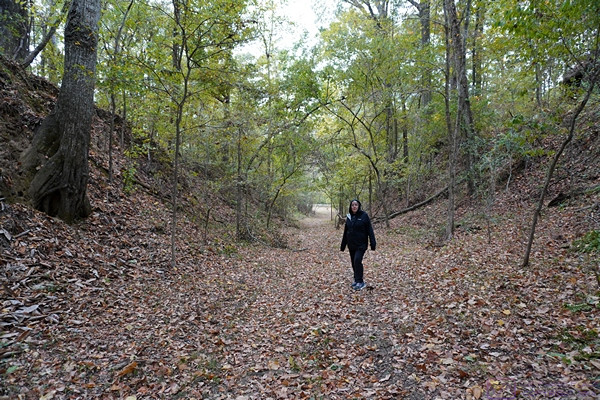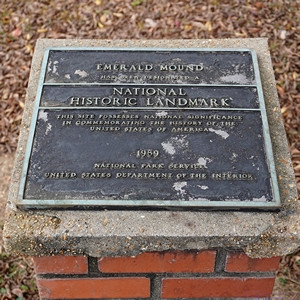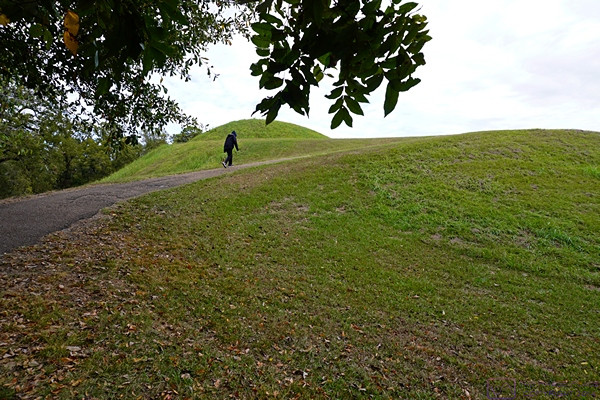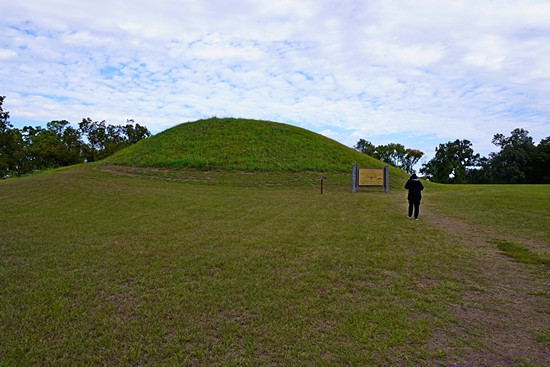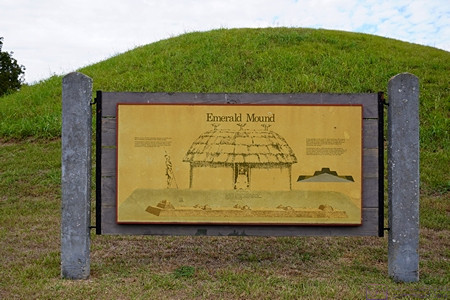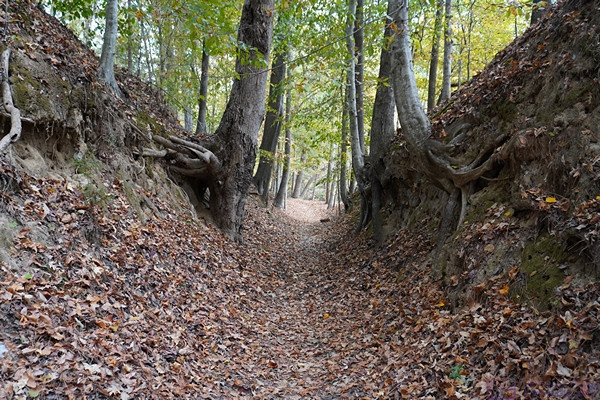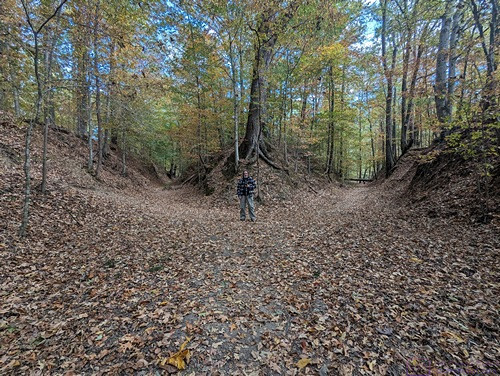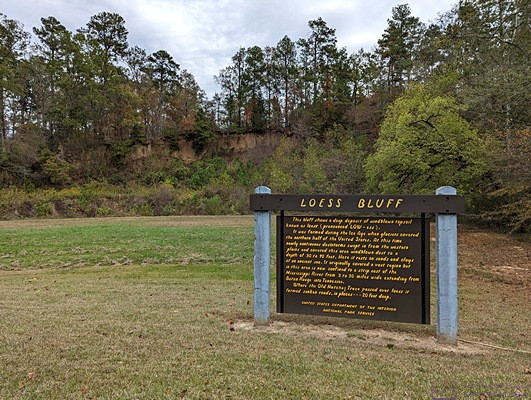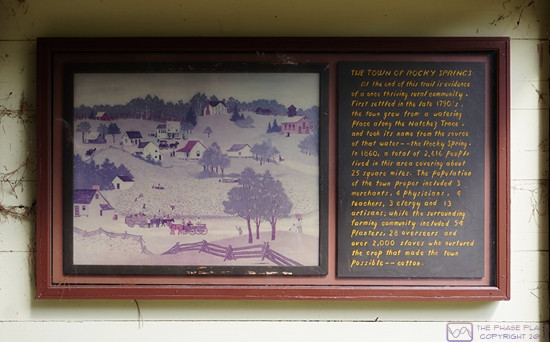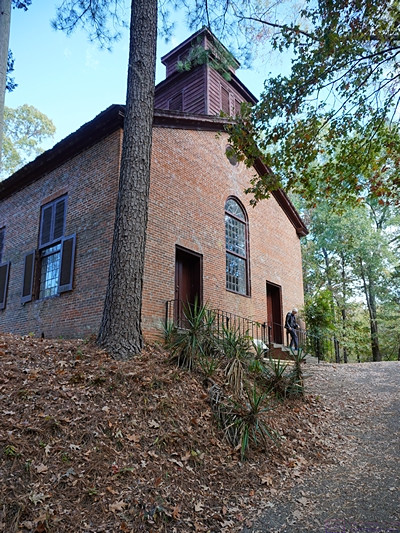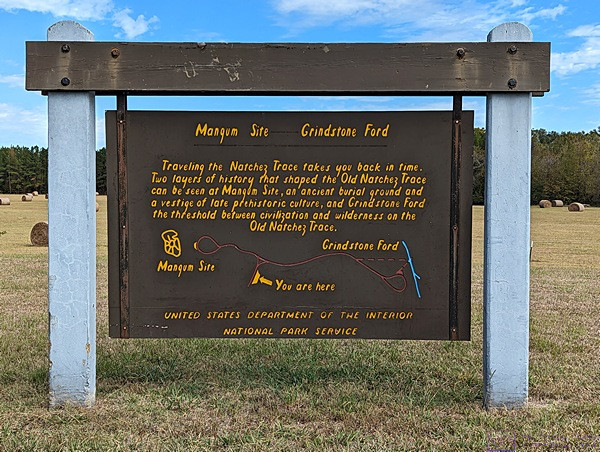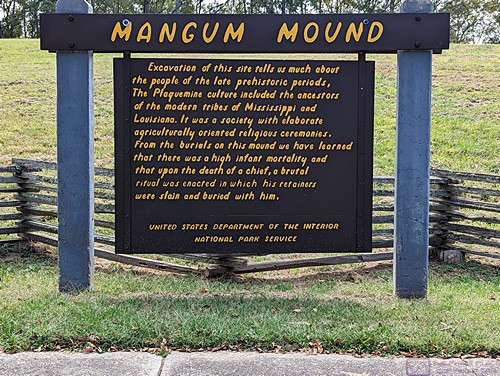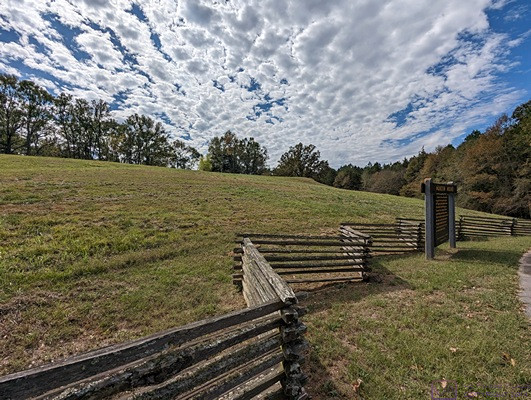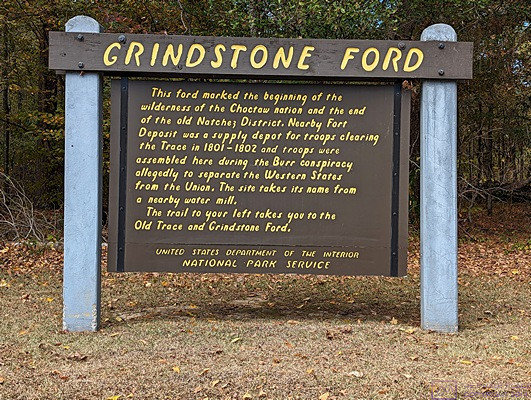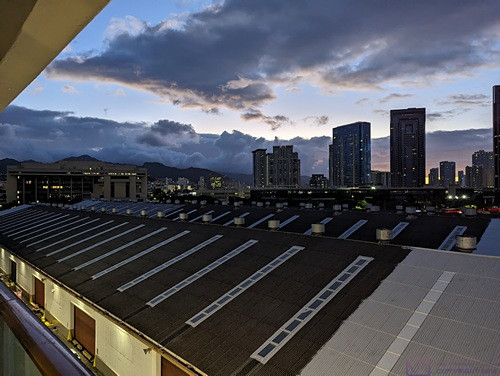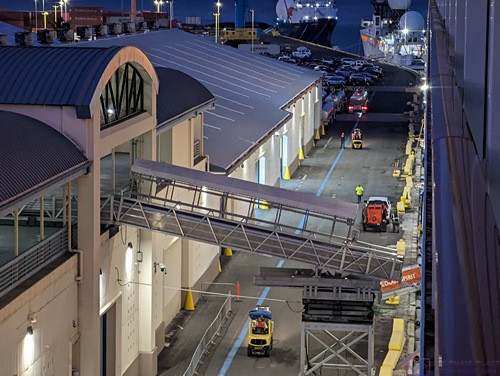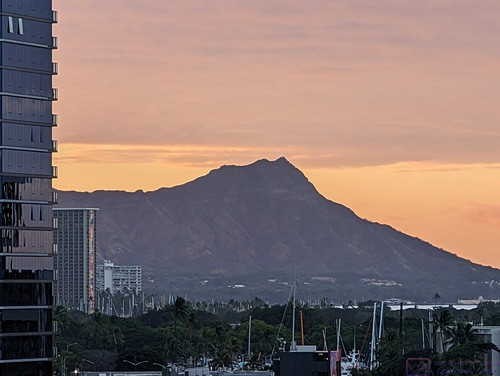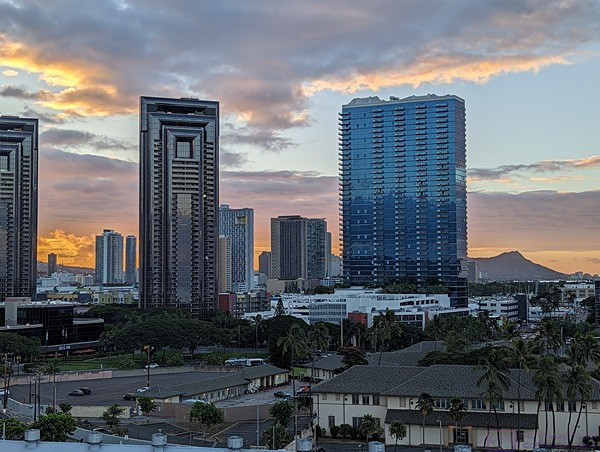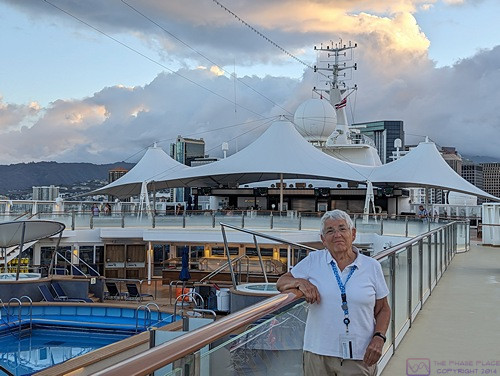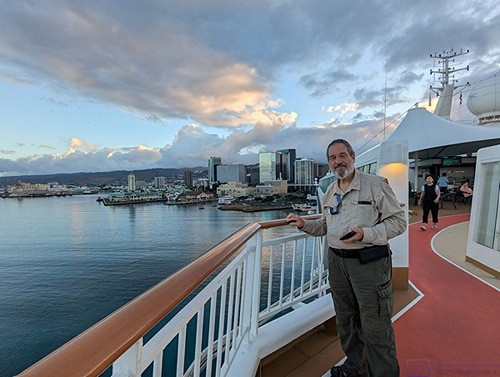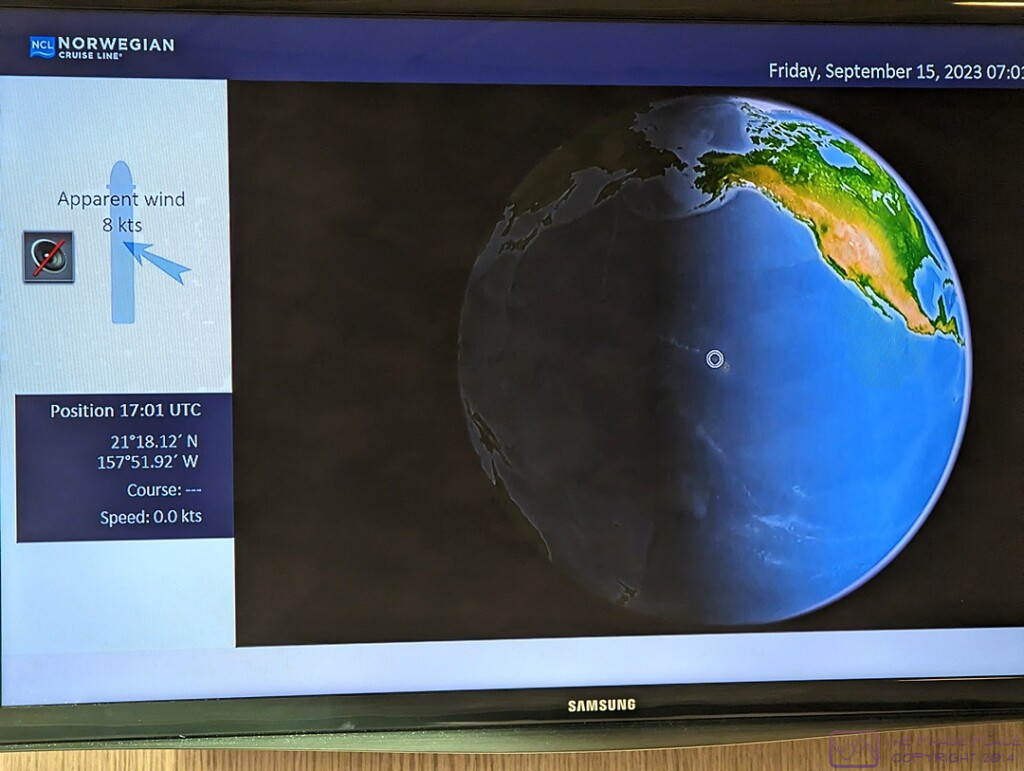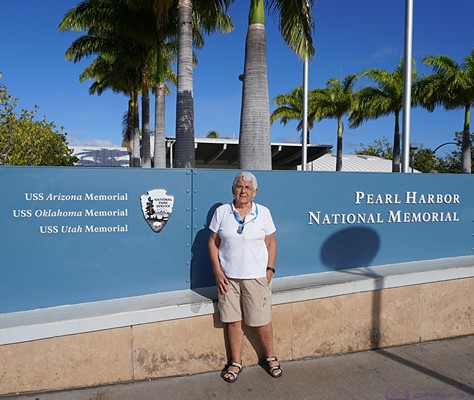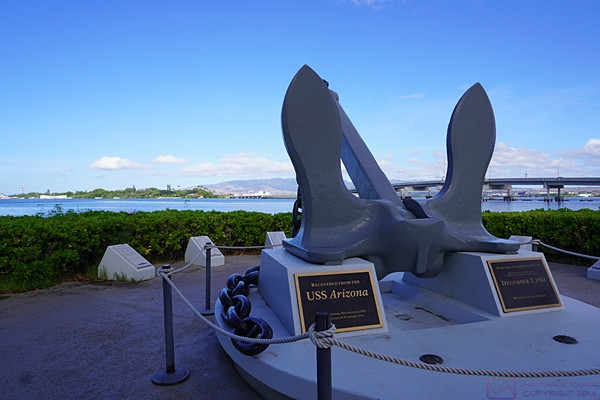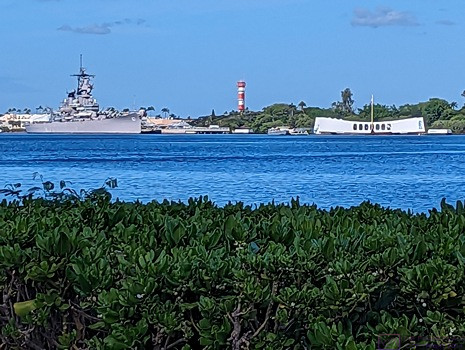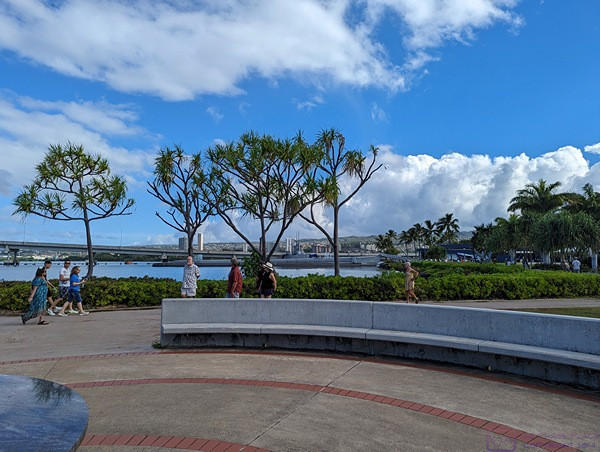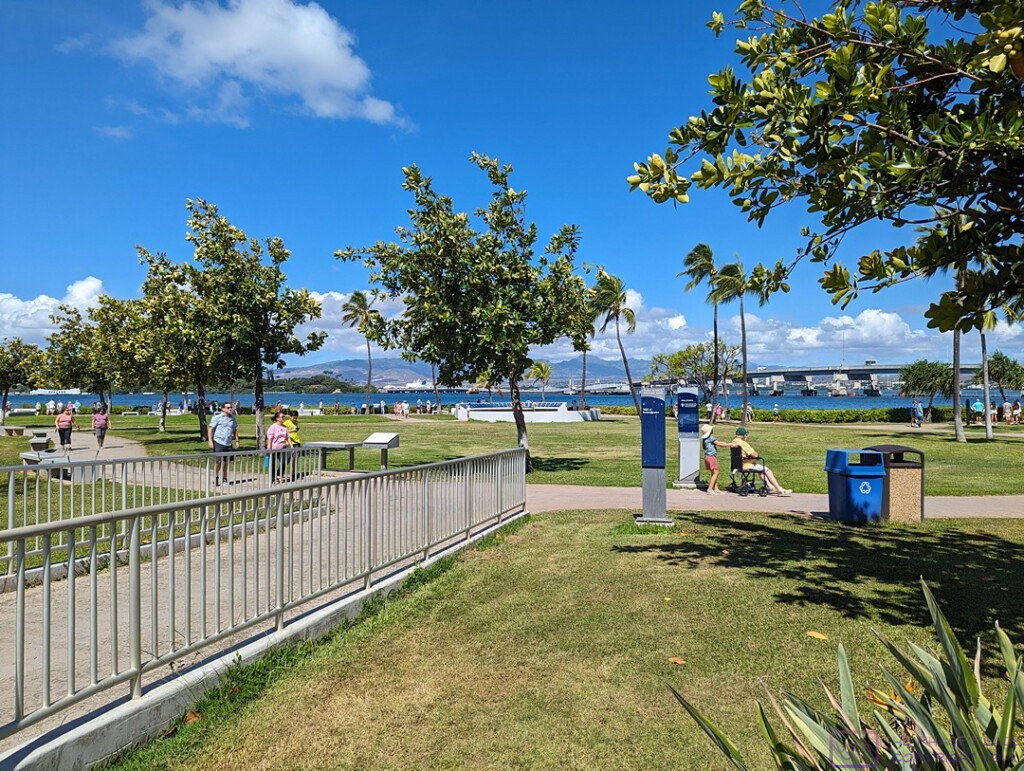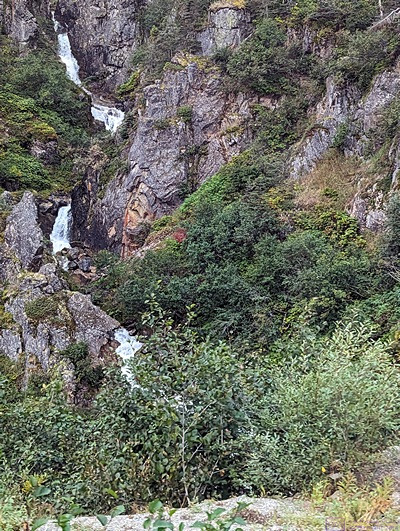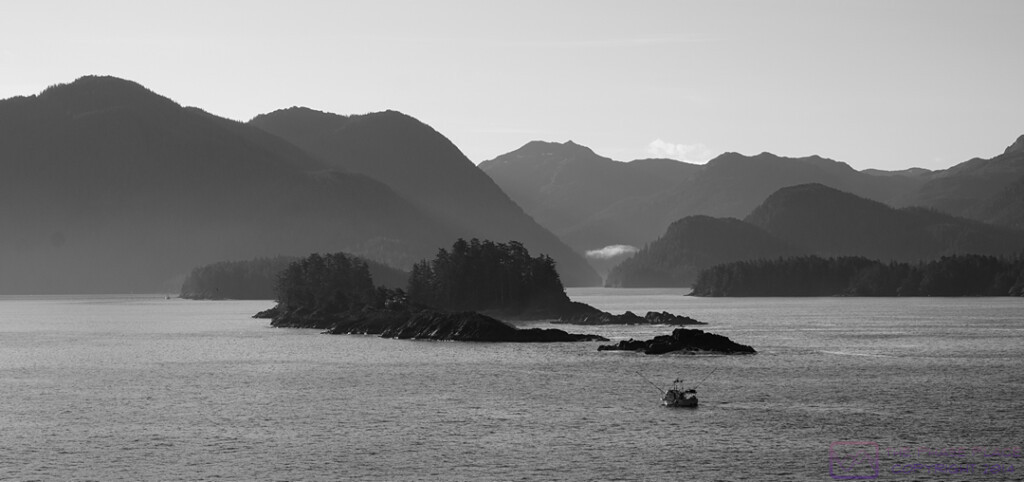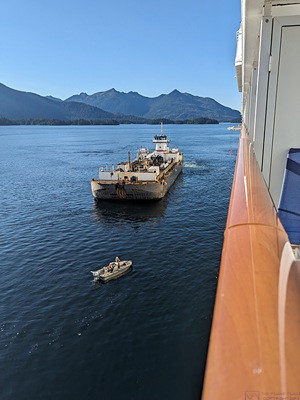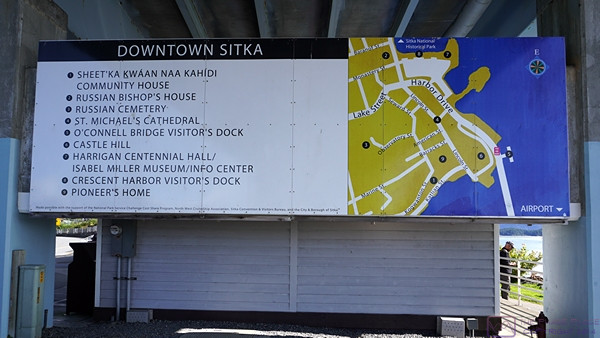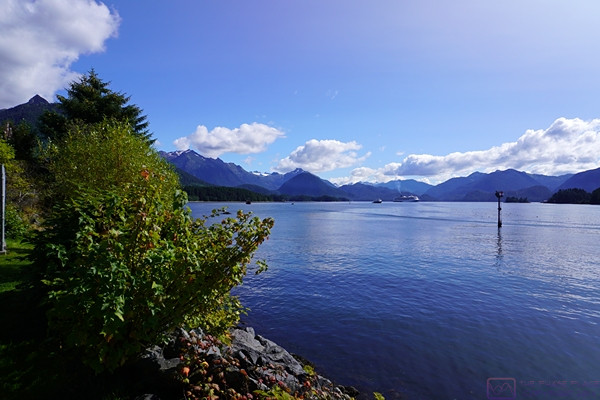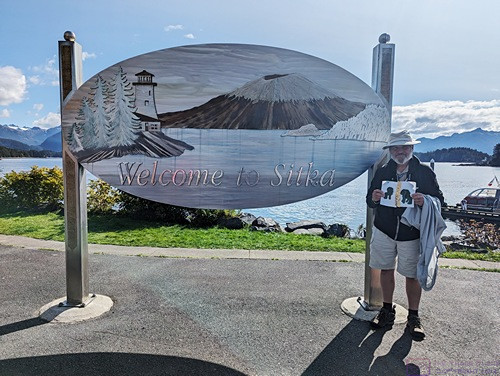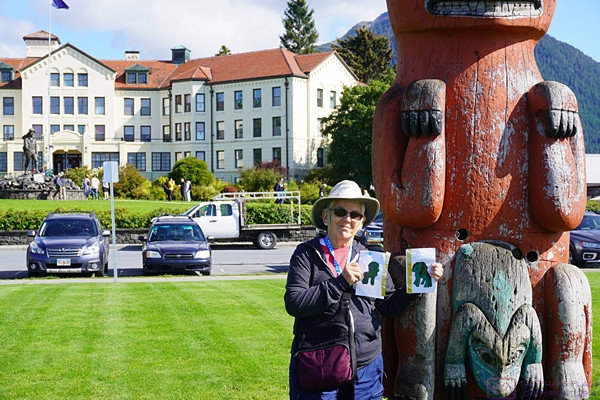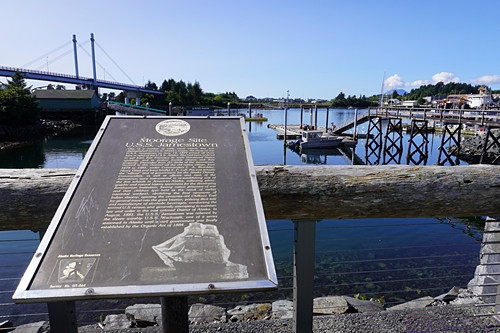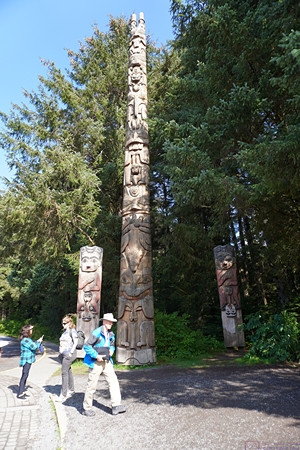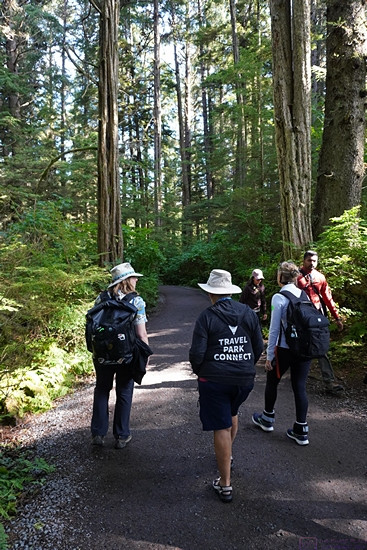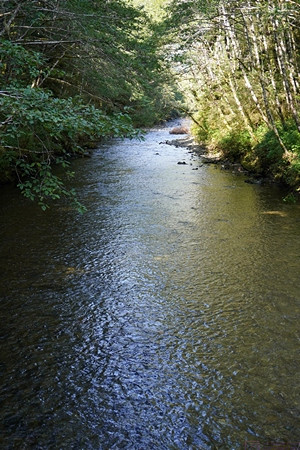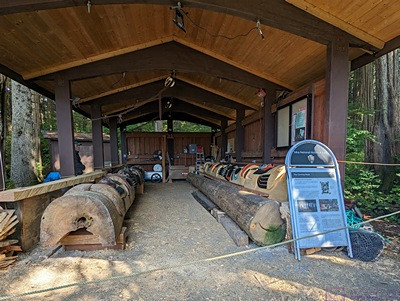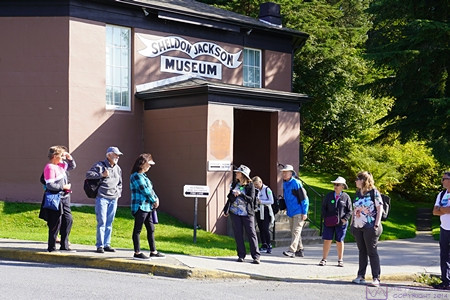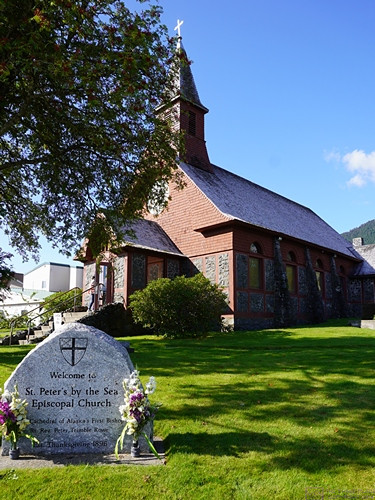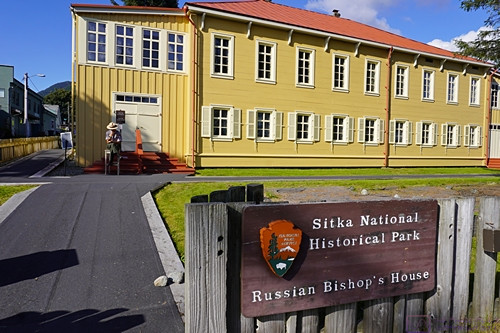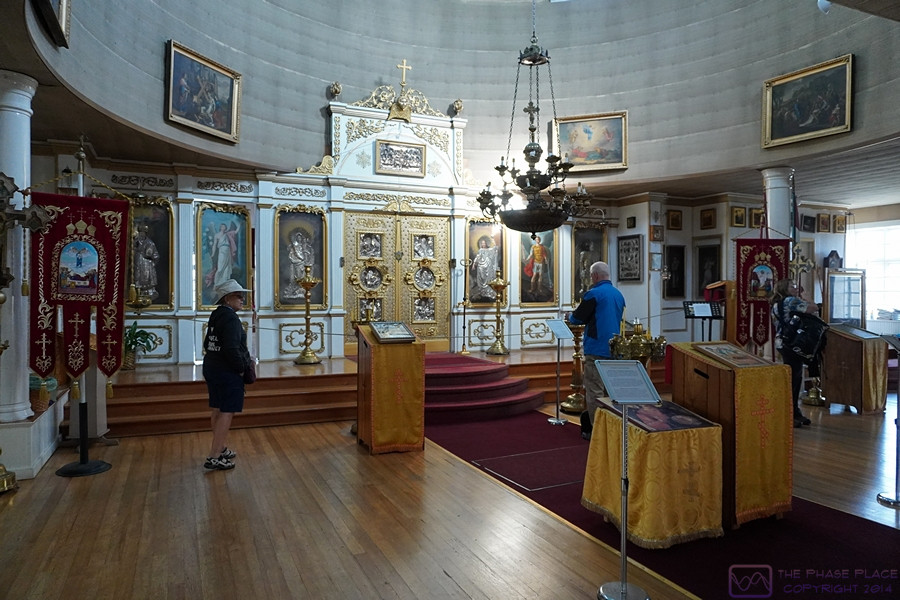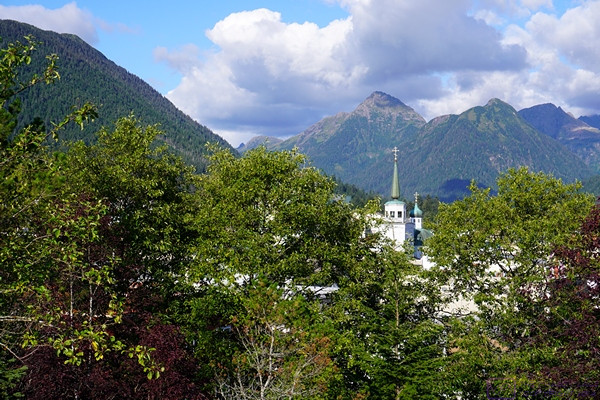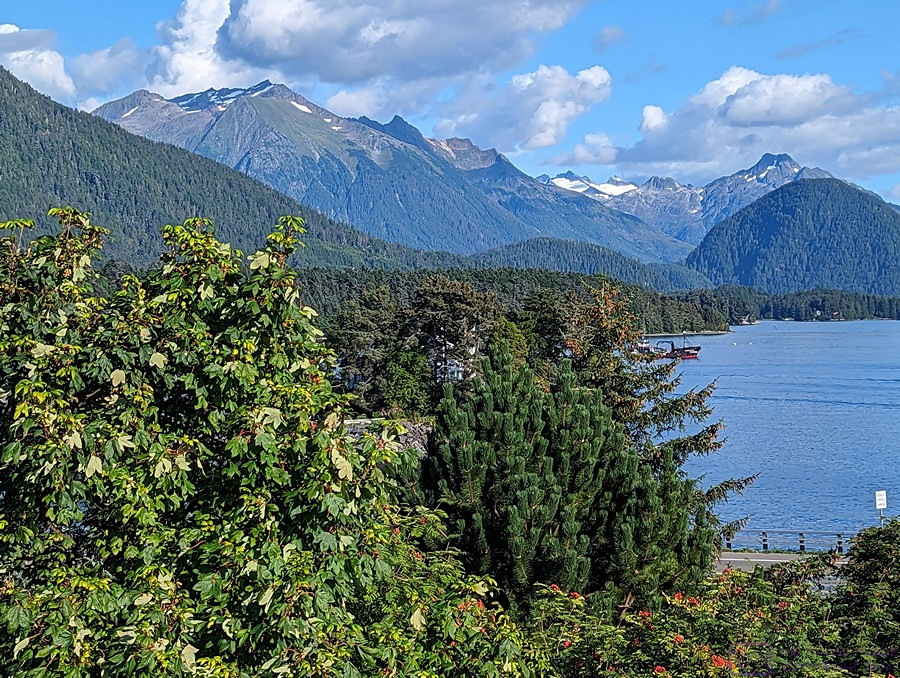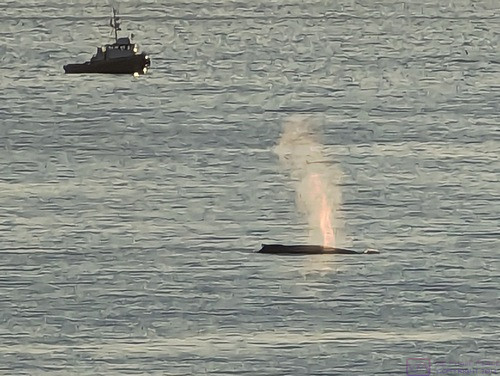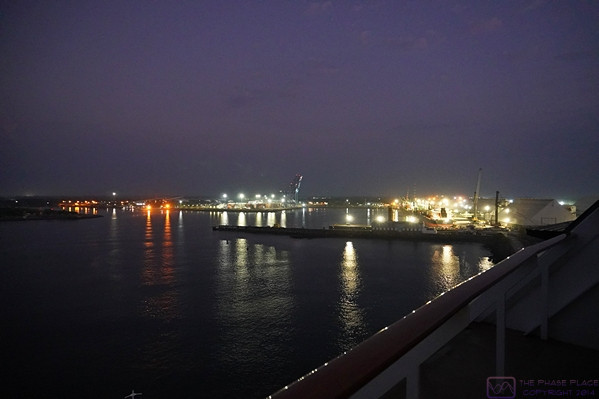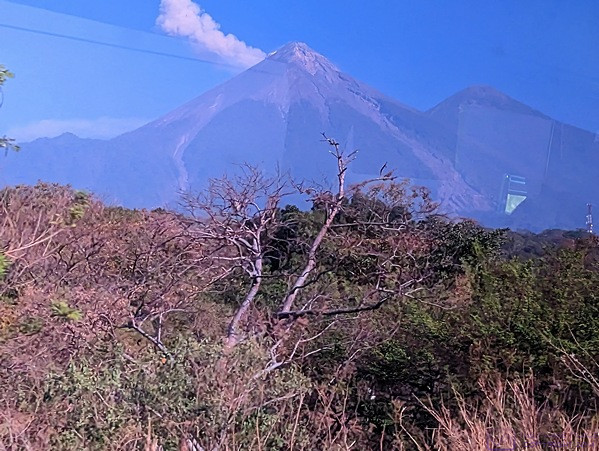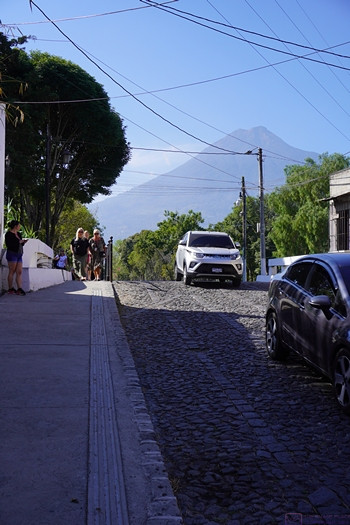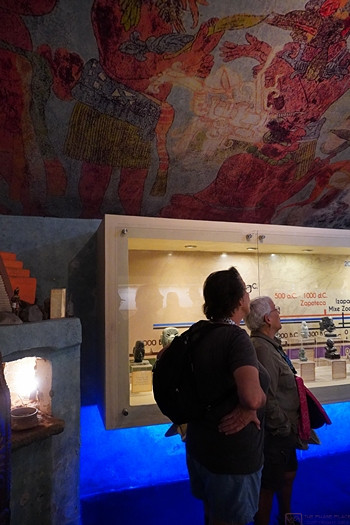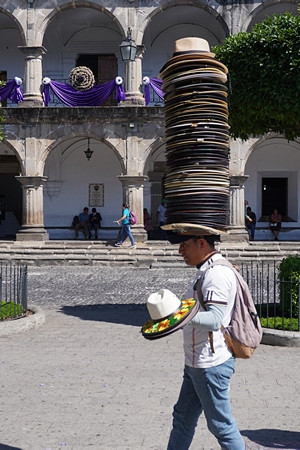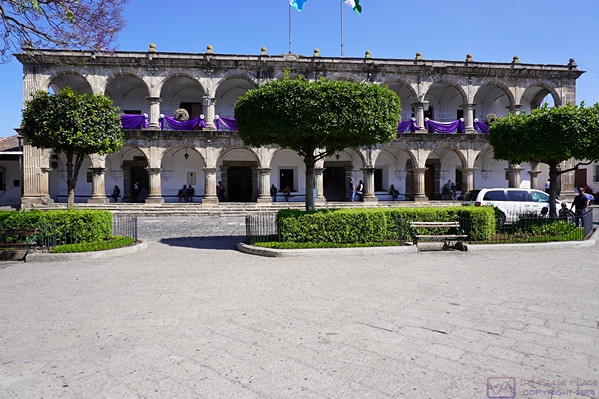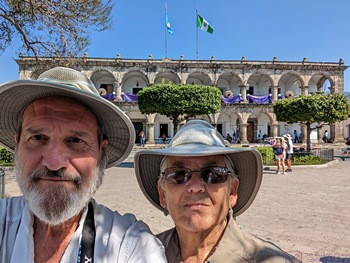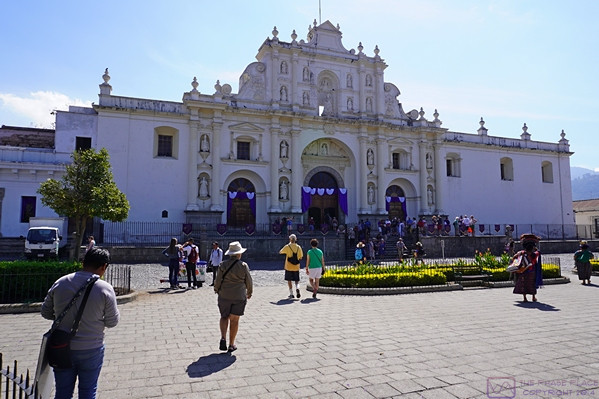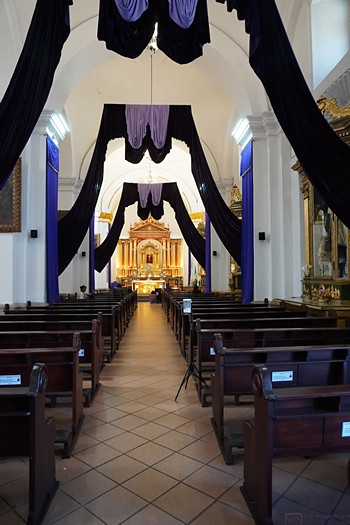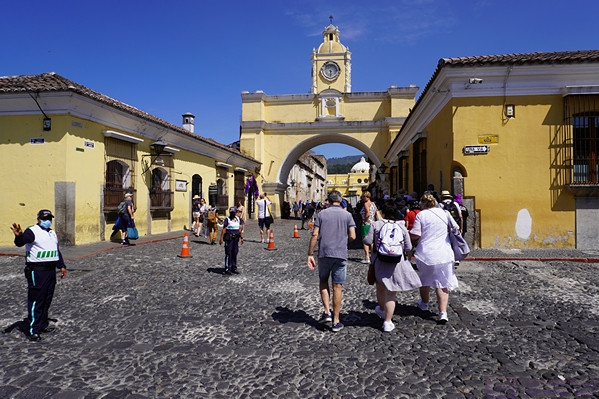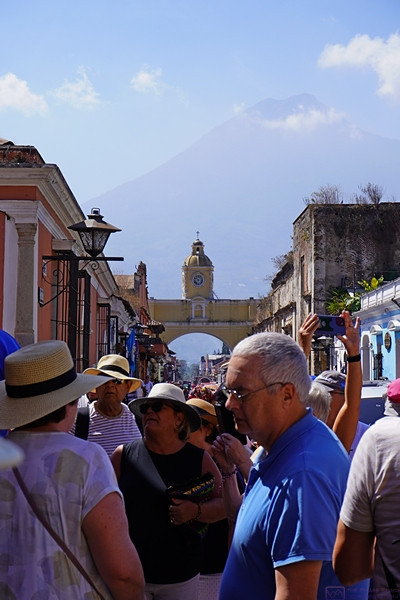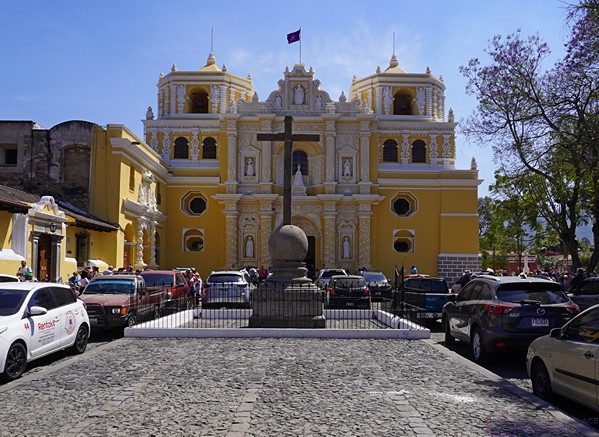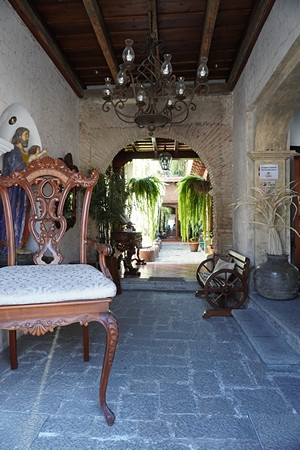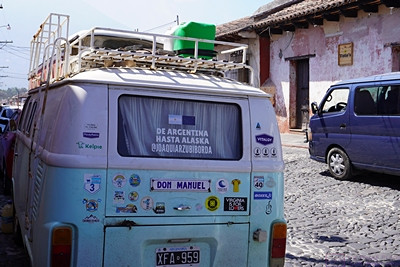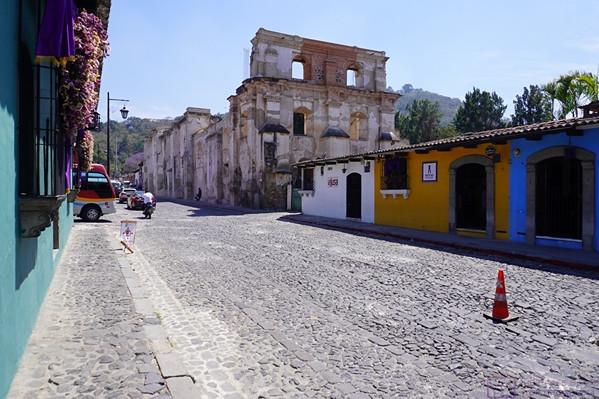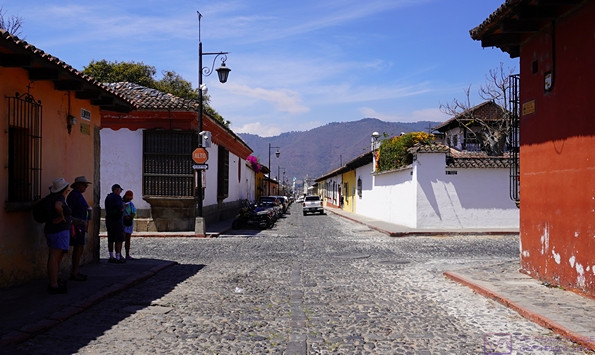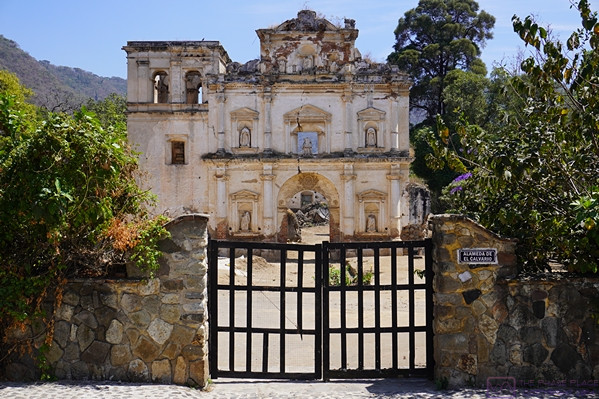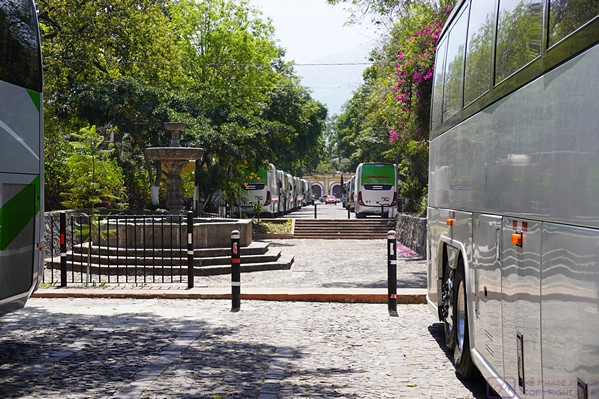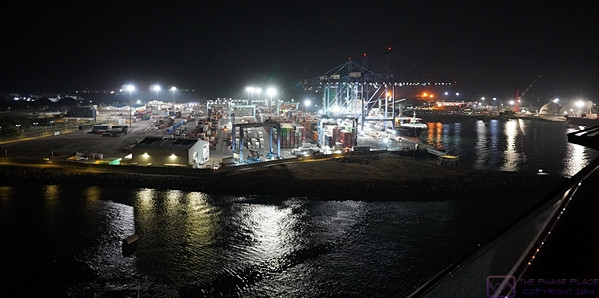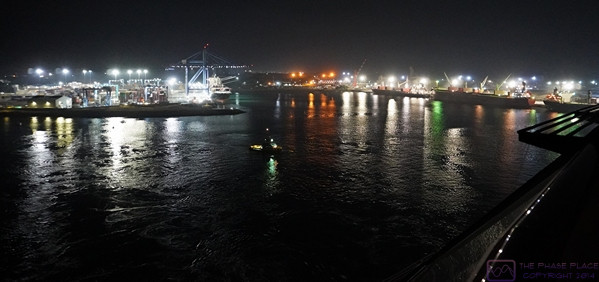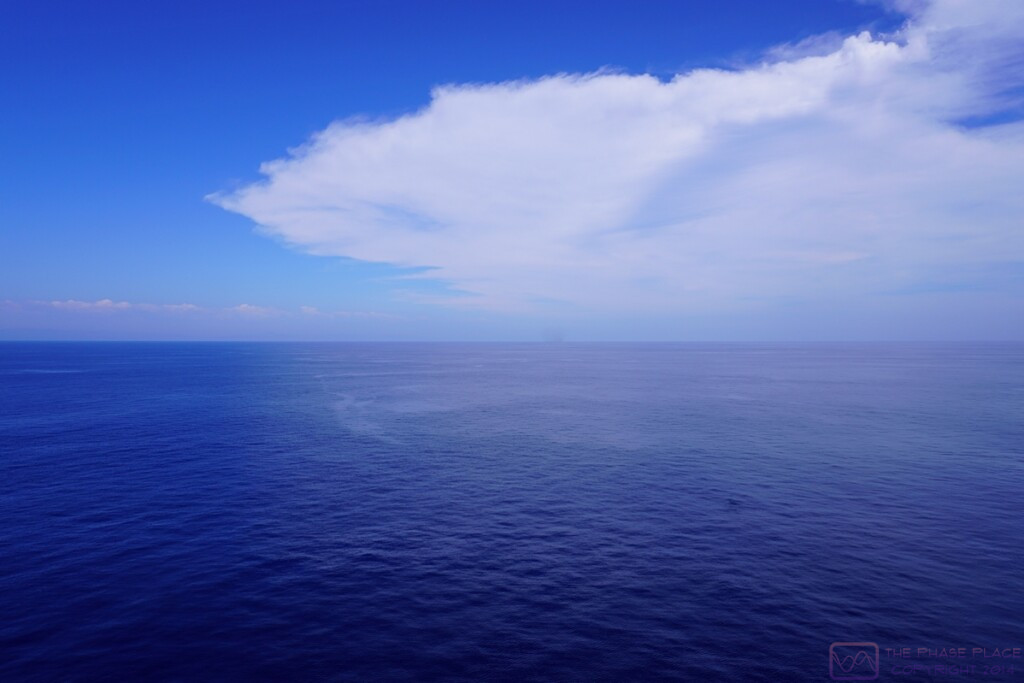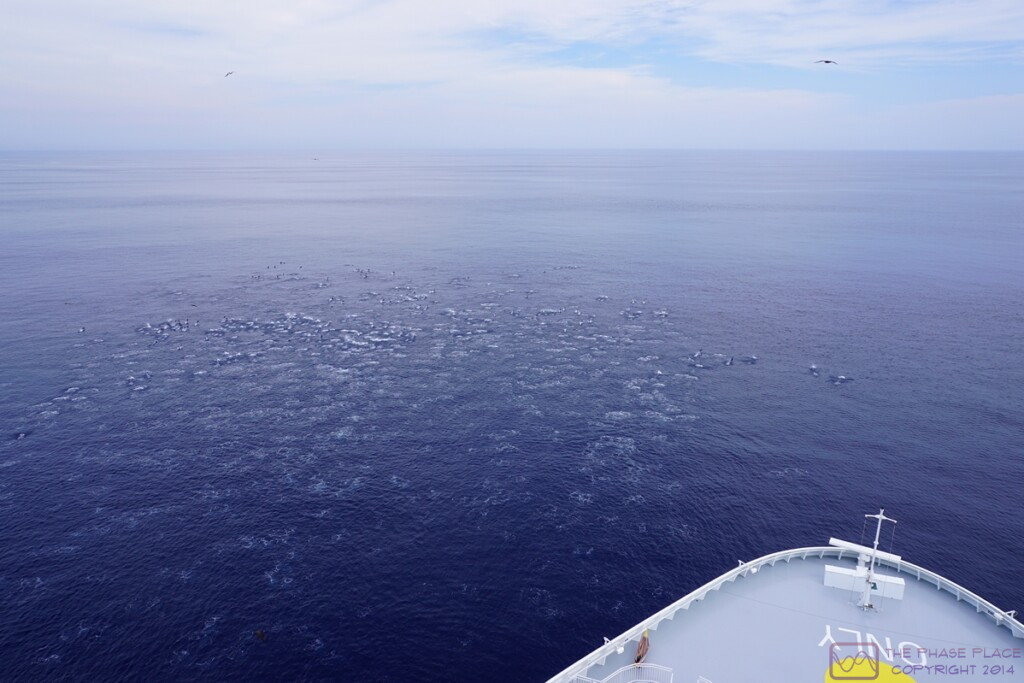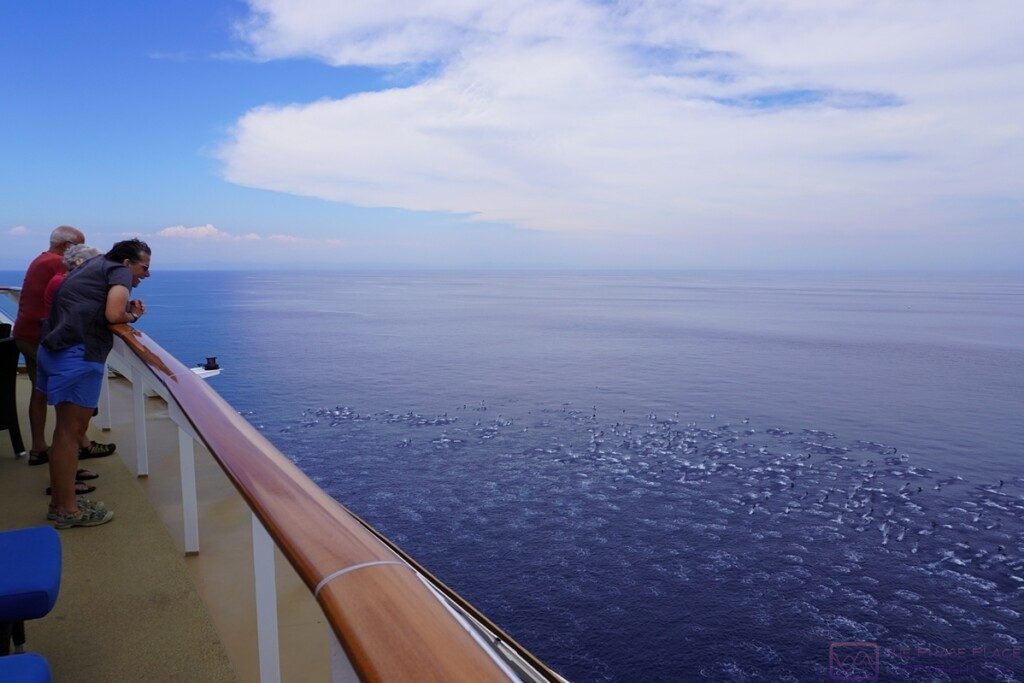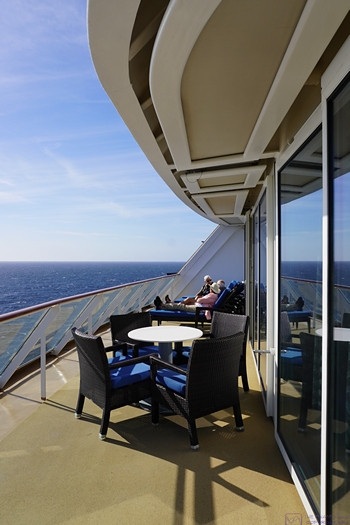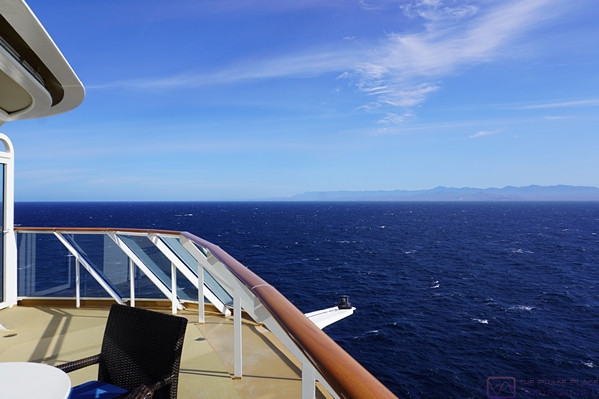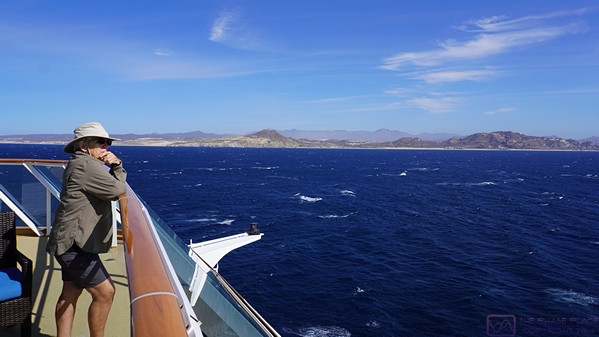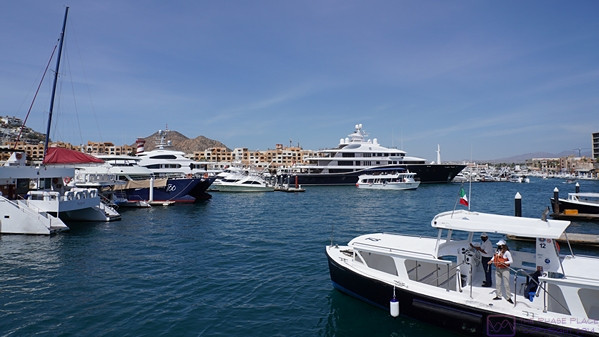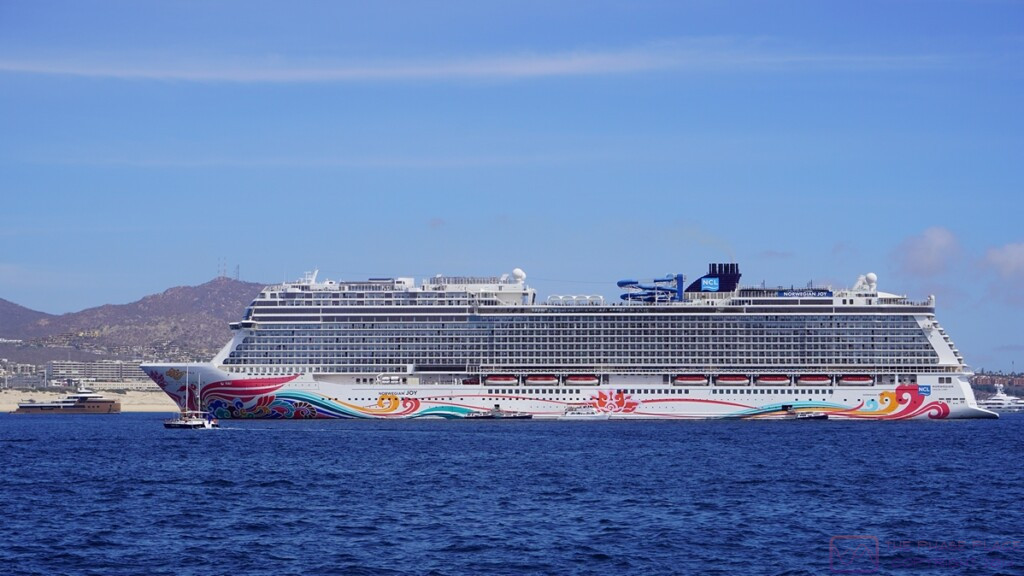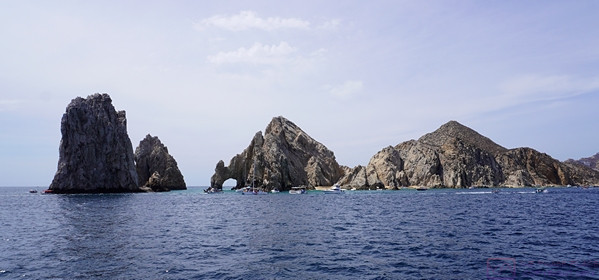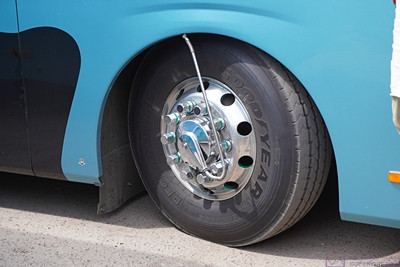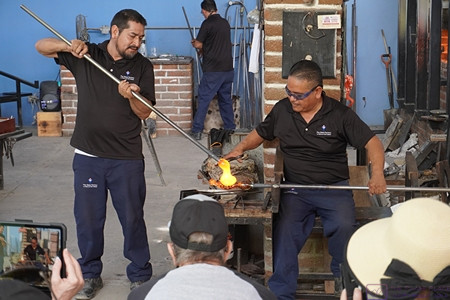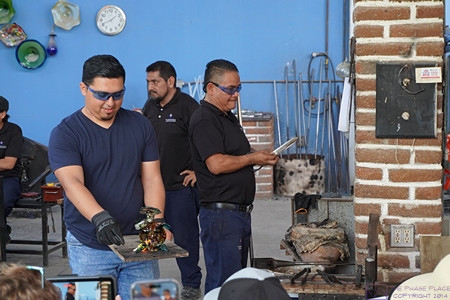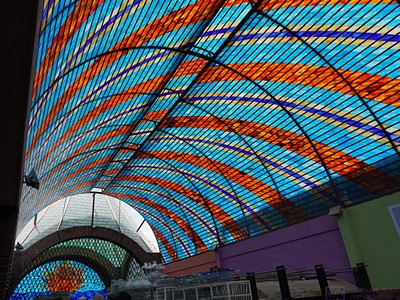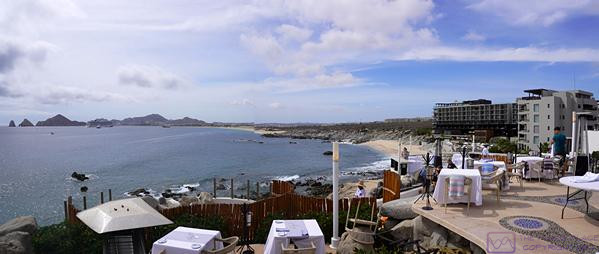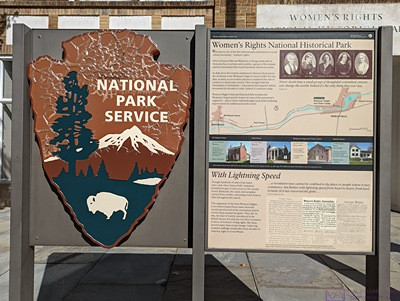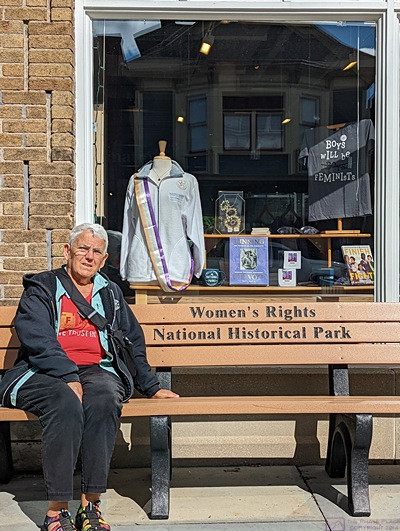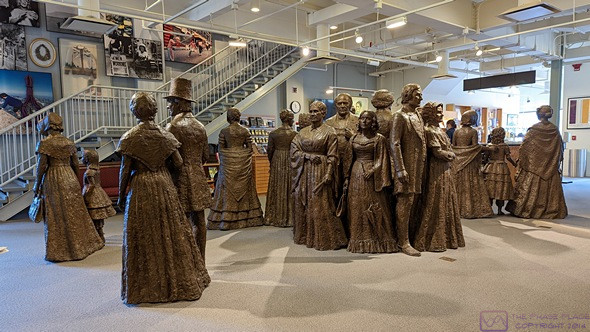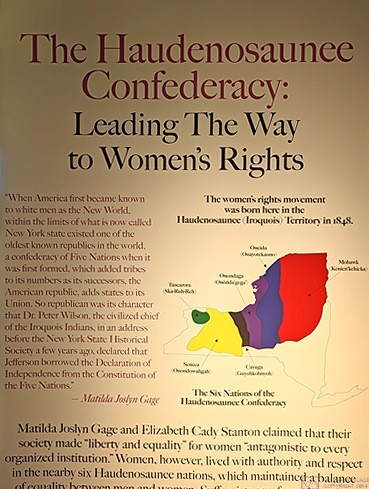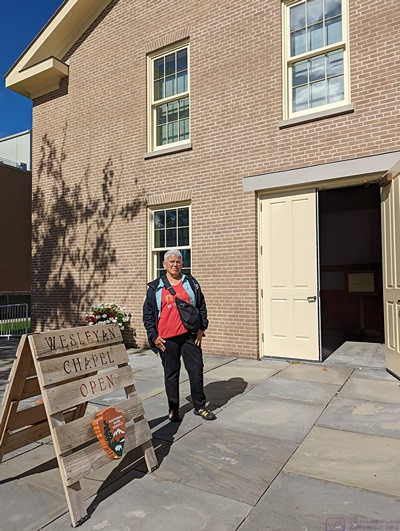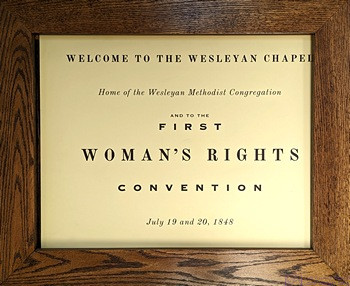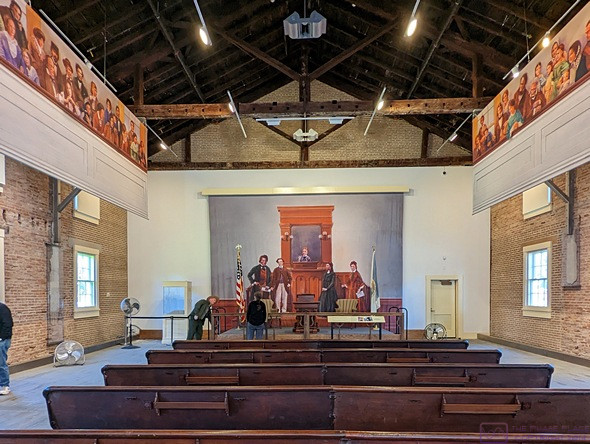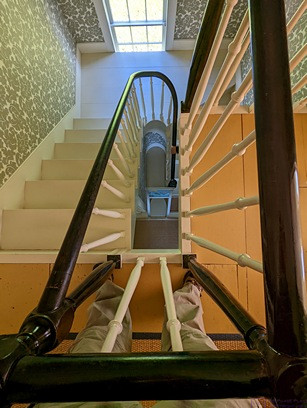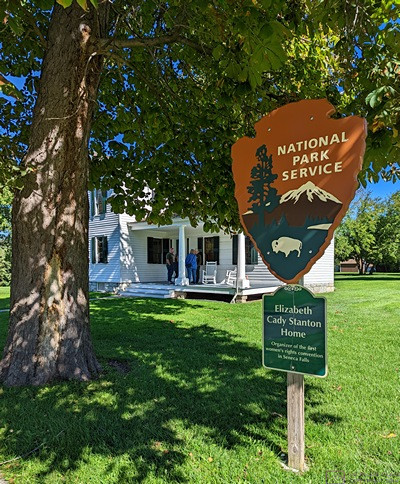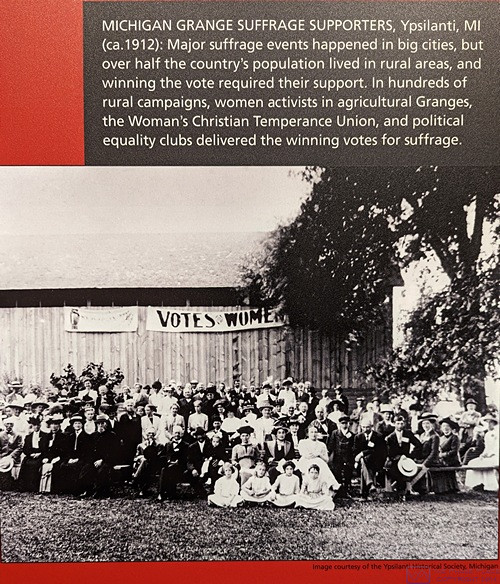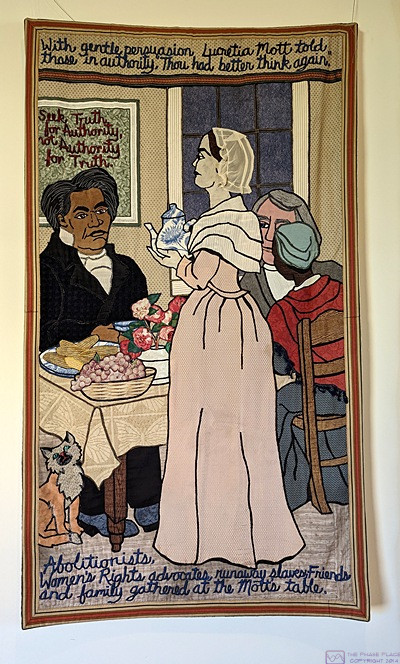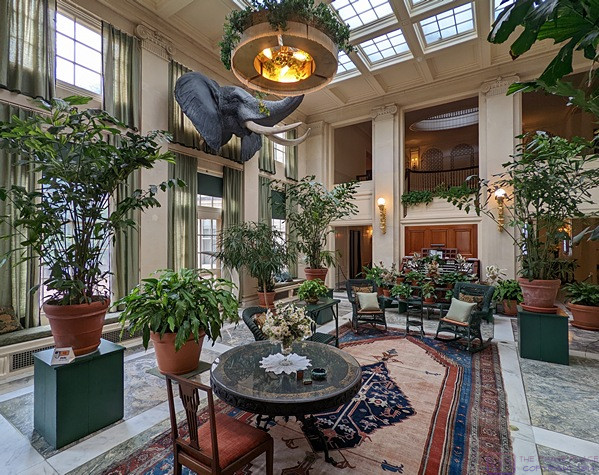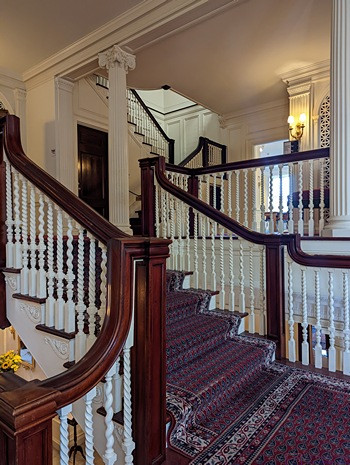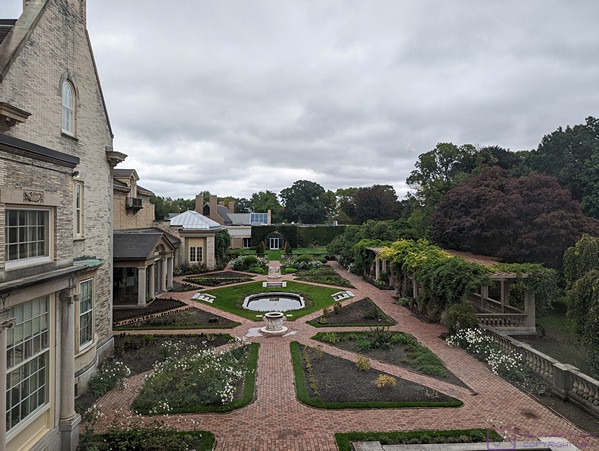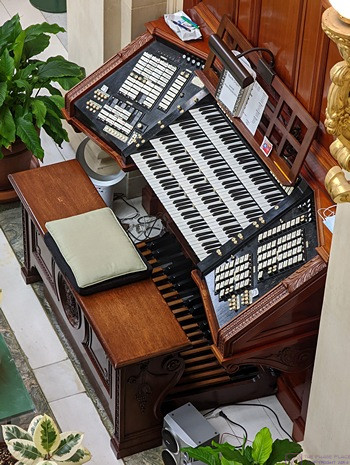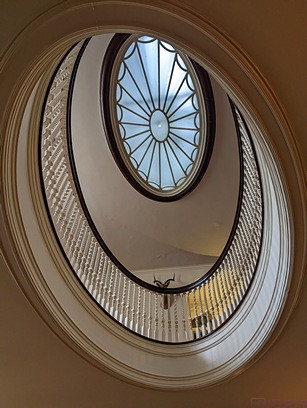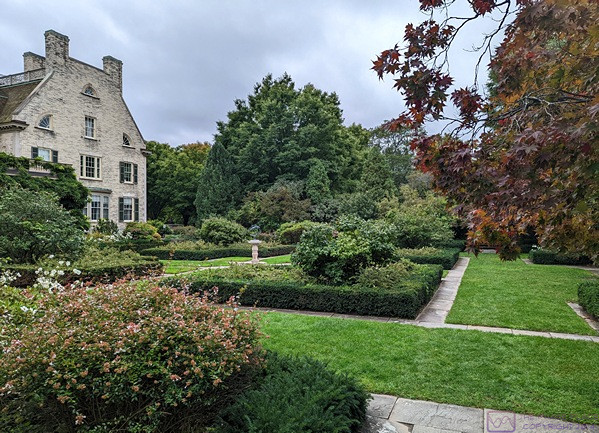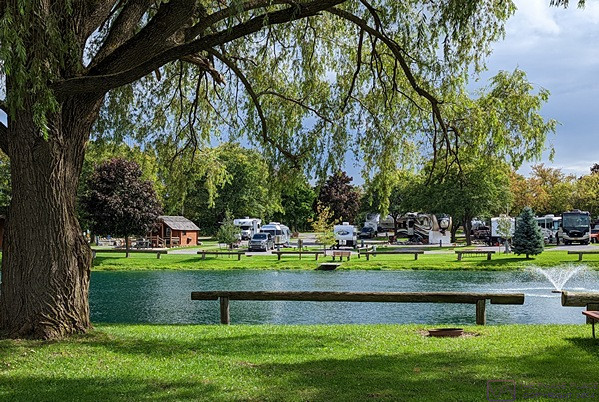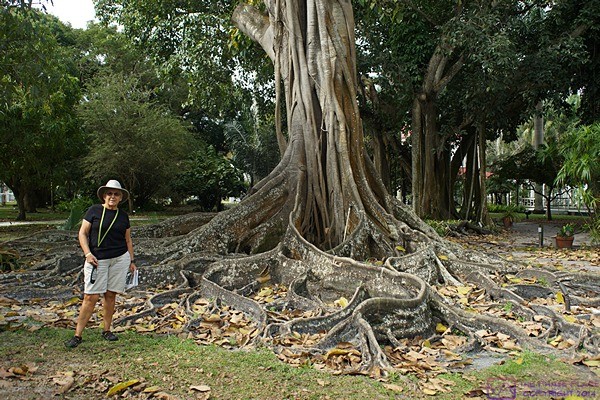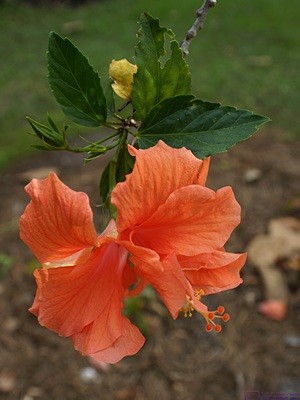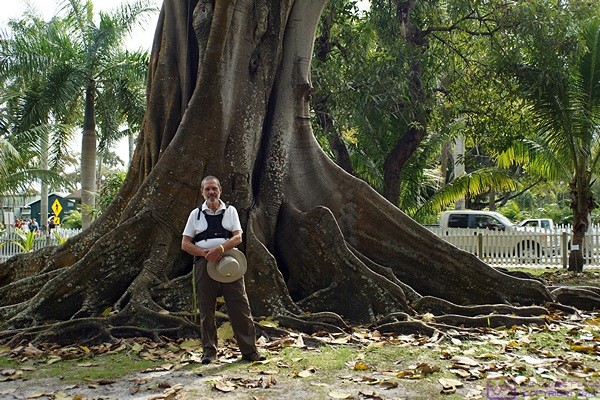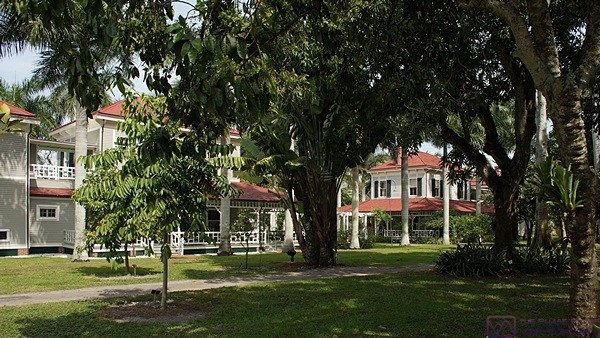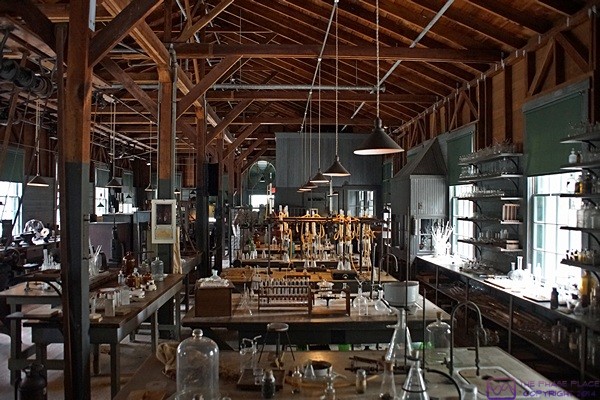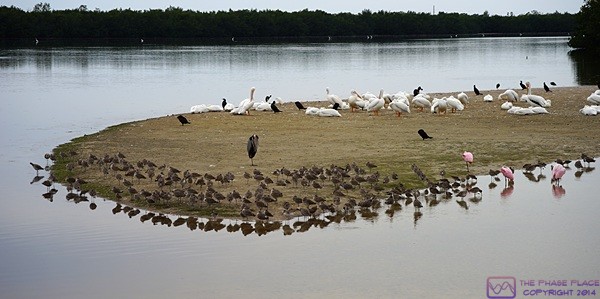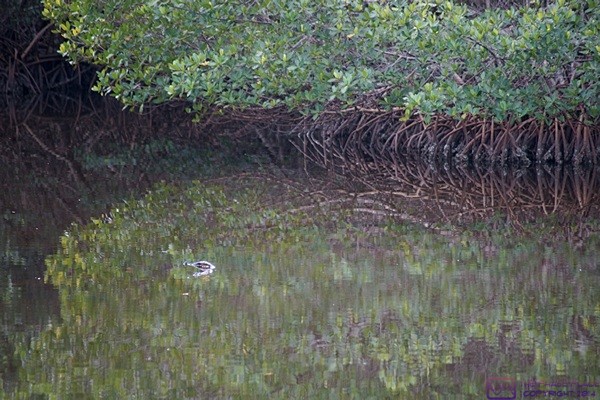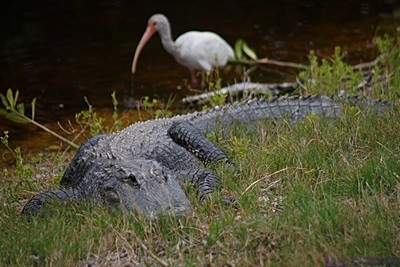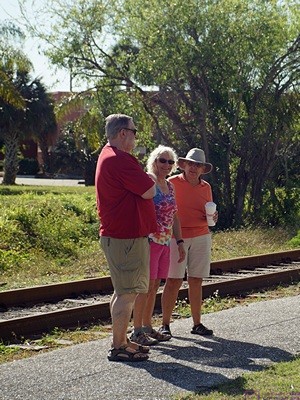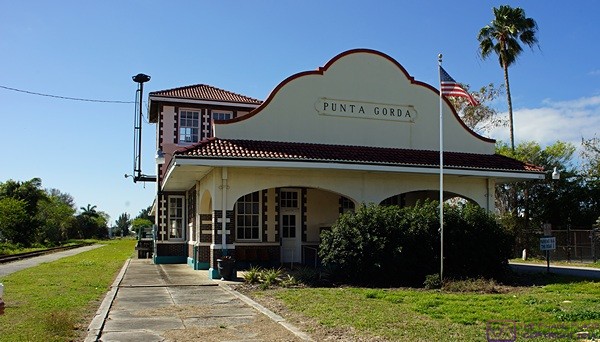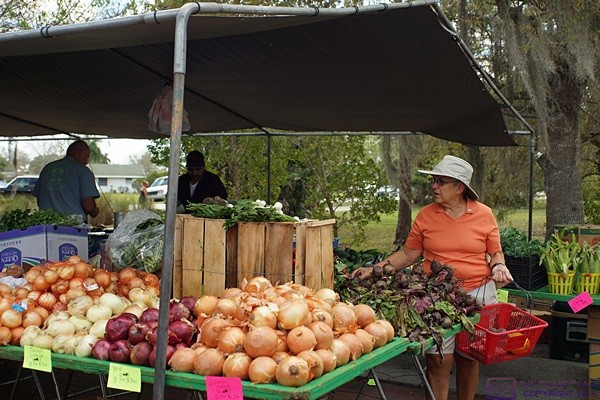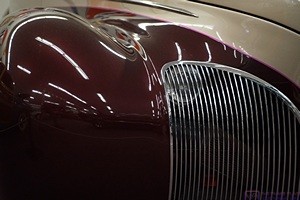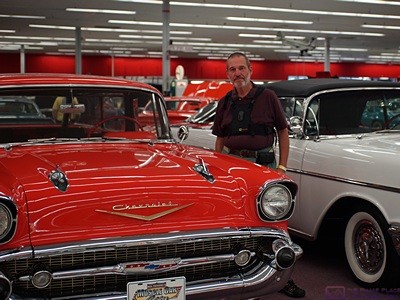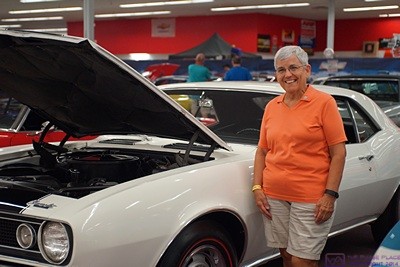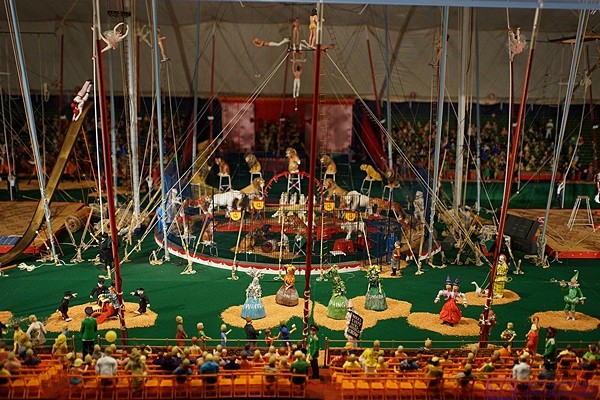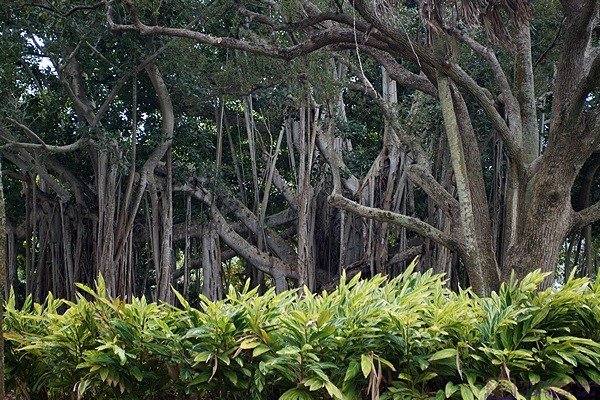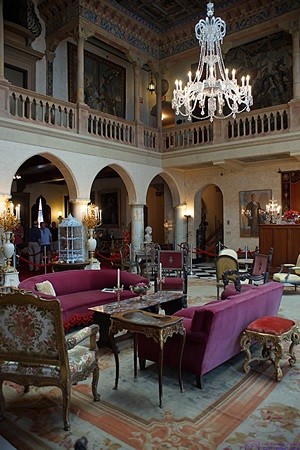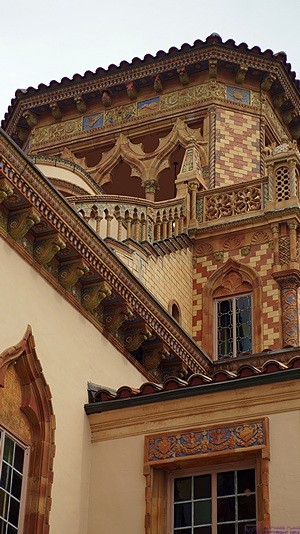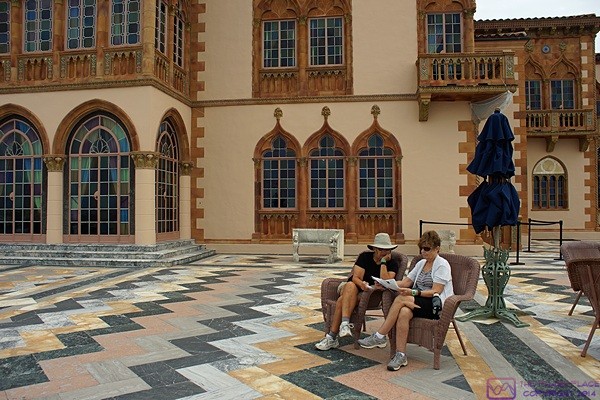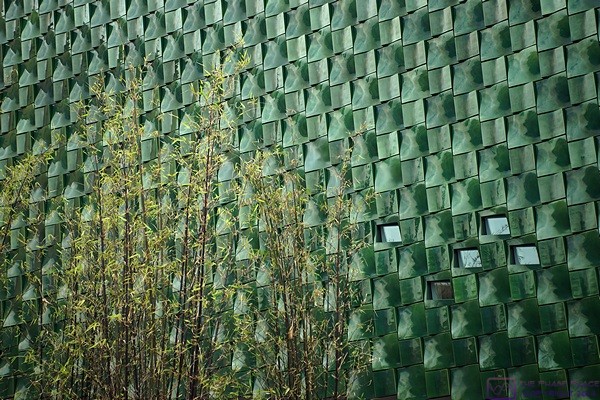2016/02/25 (R) Siesta Key
We were up at 6:30 AM this morning and did not have coffee or breakfast. We picked up Mara and Michael at 7 AM and headed west on FL-70 towards Bradenton. Our destination was an endodontic office in Lakewood Ranch were Mara had an 8 AM appointment for a root canal procedure. As we were coming into town Michael spotted a Dunkin Donuts. Location duly noted. I pulled up to the office building at 7:55 and we all went in.
The endodontist said the procedure would take about an hour. Michael stayed to wait for Mara while Linda and I drove back to the DD for coffee and something to eat. The DD was in a small shopping plaza next to a Shell station so I topped off the car’s fuel tank before we topped off ours’. I bought regular gasoline (10% Ethanol) for $1.56 per gallon. We were getting ready to leave DD when Mara texted Linda that she would be longer than originally thought. The tooth needed a filling and the dental practice next door just had a cancellation and could take her right away. That was fortunate for Mara as she and Michael are leaving on Saturday for a week long cruise. She also wasn’t sure she could get in to see her dentist before July, which was much too long of a time to rely on the temporary filling the endodontist had put in place.
With Mara’s dental needs taken care of we headed west on FL-70 to I-75 south to Exit 207 and then west to US-41. A short jog to the right (north) and back to the left and we were on Siesta Key Drive headed west to the island of Siesta Key. We drove through the town, which was very quaint (upscale trendy, actually) and found a place to park with public access to the beach. The Siesta Key beach is very fine white sands, reputed to be the finest and whitest of any beach in Florida. We walked quite a ways south from our entry point past the main public entrance and numerous lifeguard stands, all of which were staffed. The wind was strong and the waves were high and I took a few photos.
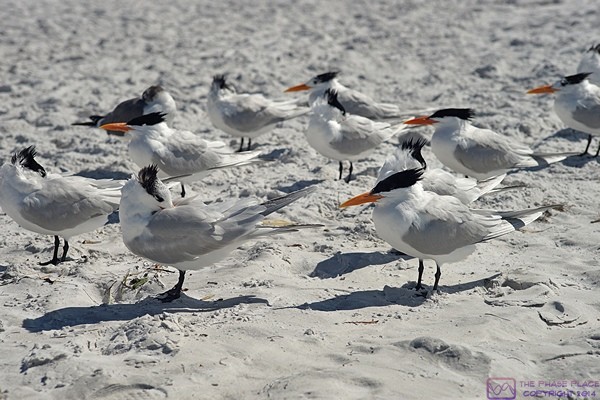
A group of Royal Terns face into the wind on Siesta Key Beach. Siesta Key, FL.
When we got back to the car we exited the island via the southern bridge and drove down US-41 to Venice. We found a parking spot, which is not easy in Venice, and walked around the historic downtown area, which is now a mix of quaint and upscale shopping and lots of places to eat. It is a very attractive area but there were a lot of people there.
We were just window shopping when we walked past the TableTop store. As the name suggests, they sell a wide variety of products used to set a dining table. We looked around to see if they had plastic wine glasses but did not see any. We were just about to leave when we spotted one. It was smaller than we wanted so we asked if they had others. They did, we just did not see them! They were not plastic, however, but were made of polycarbonate. That’s the same material used for contact lens blanks and motorcycle visors. It felt heavy duty and had a slight bluish cast. The sales associate assured us that they could be cleaned in a dishwasher and would not discolor, craze, or crack, and will not break even if dropped on concrete (although we do not intend to test that claim). We bought four of them at $15 each.
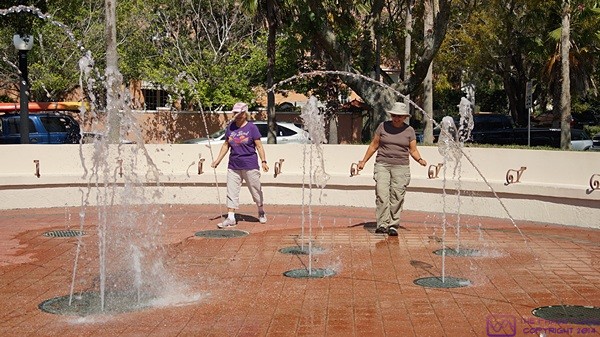
Mara and Linda play in the fountain in Venice, FL.
When we had seen enough of Venice we returned to the car and drove a short distance to Cafe Evergreen in Nokomis for linner. I had the veggie (vegan) burger and Linda had the vegan beet Rueben. Mara had the stir-fry noodle dish, which both of us have had before, and Michael had the Chana Masala. Our waiter, by his own admission, was having an off day but the food was good and we took our time enjoying it.
When we were done with our meal we were also done exploring for the day and I drove us back to Arcadia. On the drive back we discussed plans for tomorrow, which included Solomon’s Castle in the late morning, Hermann’s Royal Lipizzaner Stallions in the mid-afternoon, some before and after errands, and a picnic lunch. Back at the RV Resort we dropped Michael and Mara at her RV and then returned to ours. We watched our Thursday night CBS TV programs and had some popcorn later in the evening. We headed to bed at 11 PM, watched a few minutes of Charlie Rose, and then went to sleep.
2016/02/26 (F) Castle Stallions
Our two main attractions today were Solomon’s Castle, near Ono, Florida and Hermann’s Royal Lipizzaner Stallions near Myakka City, Florida. Both locations were within 25 miles of Arcadia and each other, so we did not have to endure an excessive amount of car travel.
We picked up Mara and Michael at 10:15 AM, stopped at the local Wells Fargo bank branch, and then headed west out of town. At the edge of town we headed north on FL-661 towards Ono. We turned onto CR-665 and five miles later turned off onto Salomon Road to the parking lot of Solomon’s Castle. We had the address in the GPS, but there were occasional old hand-painted signs confirming the route. We arrived just before 11 AM, when the “castle” opens for tours, but the parking lot was already crowded. We bought our tickets for the 11:30 tour and then strolled around the part of the grounds between the parking lot and the castle while we waited. Horse Creek runs through the property, much of which was wet.
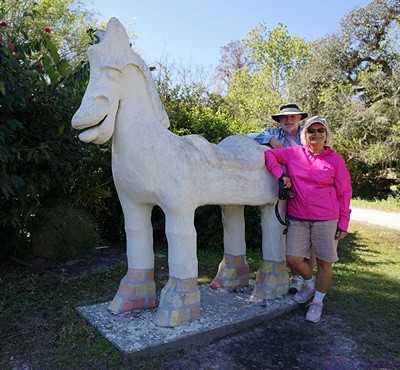
Michael and Mara by the horse statute near the entrance to Solomon’s Castle. Ono, FL.
Solomon’s Castle was built by, and is still the home of, Henry Solomon and his wife. Henry, who is about to turn 81, is an artist who has been creating art objects for 76 years. Much of the main floor of the castle is an art museum, although the walking tour includes the living room and kitchen. Other living spaces are on the second floor and were not part of the tour. There is also a guest bedroom available to rent for $125 per night but I do not recall if an overnight stay included breakfast. There is, however, a scale “replica” of the Santa Maria that houses part of the onsite cafe and is run by Solomon’s daughter and her husband, who live in a separate house on the property.
Solomon’s Castle and his art are quirky. Although we did not get to meet him, we came away with an image of his sense of humor, and caught a glimpse of him in his workshop while we were walking the grounds after the tour. Solomon works in a variety of materials but mostly metal and wood, and mostly with discarded scrap materials including food cans, beer cans, and parts/pieces of automobiles. I took quite a few photos while we were there. I don’t know what our son’s professional opinion of Solomon’s corpus would be, but some of his pieces were interesting and we had to respect the sheer quantity of work he has produced. He seemed to have a particular interest in Picasso, copying several of the master’s works in wood montage.
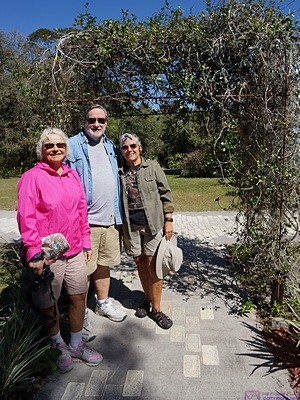
Mara, Michael, and Linda on the grounds of Solomon’s Castle. Ono, FL.
From the castle we continued north on CR-665 up to FL-64, the Florida Cracker Trail, and then west about five miles to Wauchula Road where we headed south to Myakka City. At FL-70 in Myakka City we headed east about 1/2 mile and pulled in to a local park on the north side of the road that affronted the west bank of the Myakka River. The picnic tables were all bolted to the concrete slabs that served as the floors of the open-sided shelters so we ate our lunch in the shade. The air temperature was in the mid-60’s, and there was a breeze, so we ate with our jackets on.
After lunch we headed west on FL-70 to the other side of Myakka City were we turned south on Singletary Road. About seven miles down we found the entrance to the Hermann’s Royal Lipizzaner Stallions and Spanish American Riding School complex. Hermann’s is the home of a group of Lipizzaner horses that tour North America. The original horses were part of the 500 Austrian Royal Lipizzaner horses rescued by General George Patton at the end of World War II. Gabby Hermann is the matriarch of the current operation and the original horses were brought to the USA by her father. The Lipizzaner horse was first bred in Austria in 1565 from Arabian and Andalusian stock. Six lines were produced and new Arabian and Andalusian stock have been included in the breeding since that time to avoid the negative effects of inbreeding.
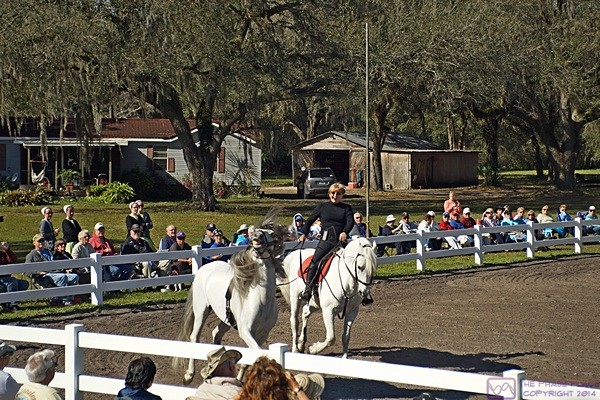
Gabby Herman exercises one of the Royal Lipizzaner Stallions in training. Myakka City, FL.
Hermann’s has open rehearsals (performances) every Thursday and Friday at 3 PM and Saturday at 10 AM when they are not touring, weather permitting. These are not “dress rehearsals” as the houses and riders are not fully costumed the way they would be for a show while on tour. They do, however, put the horses through all of their maneuvers. The rehearsals take place in an open air arena connected to the nearby stables with a pair of gated fences. There are bleachers on the two long sides of the arena and visitors also bring lawn chairs and set them up on three sides of the arena. We arrived around 2:15 PM and there were already people there. Admission was a $5 “donation” per person, but it was not optional. It was well worth the price, however, and we made an extra contribution at the end of the show.
We secured good seats in the last row of the one of the bleachers at the top of the stairs with our backs to the sun. That allowed us an unobstructed view for photography with light from a good direction. It was a good thing we got there early. Six fully-loaded tour buses showed up after we got there along with lots of passenger cars. The bleachers were packed and the lawn chairs were at least two deep around the fence. After the show we walked over to see the 17 day old colt and walk through the stables. I took photos and also snapped a few shots of the tour buses after chatting with the driver of a 2016 Prevost H3-45 with a beautiful deep purple paint scheme. I would sure like to have one of those to convert.
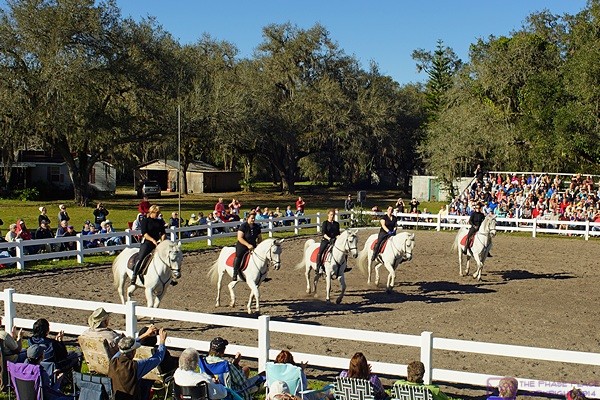
Five stallions work in formation at Hermann’s Royal Lipizzaner Stallions and Spanish American Riding School. Myakka City, FL.
When we were done at Hermann’s we drove back to Arcadia and stopped at Walgreens before returning to Big Tree Carefree RV Resort. We spent a little time at Mara’s motorhome so she could walk Linda through the various cat and RV chores that needed to be taken care off during the next week. With that done we stopped at the mail room. We had a slip in our mail slot that there was a package for us in the office but it was after 5 PM and the office was closed. We figured it was the shipment of Nutpods vegan coffee creamer but we would not be able to pick it up until Monday as we would not be around during office hours on Saturday and the office is closed on Sundays.
For dinner Linda made lentil potato burritos using various leftover ingredients that we wanted/needed to use up. I opened the bottle of Barefoot Moscato wine, using the cork puller that Mara gave us the other night, and we had some for dessert. We were both tired so we watched some TV, including the first of three episodes of a new Masterpiece Mystery series named Silk about barristers in England. We did not watch the second episode as we had to be up early in the morning and it was going to end too late.
2016/02/27 (S) Port Miami
We were up at 6:30 AM and left at 7 AM for Dunkin Donuts where we got something to eat and a couple of large half-caffe coffees. As planned, we were back at Mara’s motorhome at 7:30 AM. By 7:45 we had Michael, Mara, and their luggage onboard and were on our way to the cruise ship terminals at the Port of Miami some three plus hours distant.
The GPS wanted us to go south on FL-31 but we had already decided we would take FL-70 east to US-27 and then take that south/southeast as far as I-75. We stopped at a Marathon station in South Bay to use the restrooms and let Mara and Michael get some coffee. We headed east on I-75 to its end point at MM 0 and then followed whatever roads the GPS told us to use to get to Port Miami. When we were almost to the Port we deviated from the GPS and took the tunnel under the water to get to the cruise ship terminals rather than exit the highway and use the bridge. There was some temporary confusion, and minor tension, surrounding this but soon enough we ended up at Terminal F where the MSC Divina was docked.
Traffic was heavy and chaotic, but we found a spot at the curb and got them unloaded. A quick handshake and a hug and we were on our way. I never cease to be appalled at the incredibly pour traffic engineering we encounter at major transportation terminals. We did get a stunning view of the skyscrapers that dominate the downtown Miami skyline, but after a bit of driving around we managed to escape the island via the bridge and I was glad to be clear of the area.
Linda had researched vegan friendly eateries last night and selected one called The Kitchen. It was near Miami International Airport, not too far from Port Miami, and basically in the direction we needed to travel to return to Arcadia. She put the address in the GPS and we enjoyed a slow, late Saturday morning, drive through downtown Miami. We arrived around 11:30 and there were only a couple of other diners there. As is often the case, it was a slightly funky little place, but it had an entirely vegan menu with lots of interesting options.
The Kitchen is, in fact, the prep facility for a chain of local eateries, and plenty of other customers showed up while we were there. We had the tacos, which included plantains, and the nachos. The tacos were good, especially the plantains, but the nachos were outstanding. Both were made with vegan chorizo sausage. The nachos had a base of blue corn chips with beans, tomatoes, salsa, and cashew cream. It was also a big serving. For dessert we each had a coconut date ball and a gobi berry chocolate brownie. Yum. The Kitchen was a bit pricey but most of the ingredients were organic and the food was fresh and very tasty so we felt it was good value for the money.
We left at 12:30 PM and I turned the wrong way leaving the parking lot. It turned out we were on US-27 headed north so we stayed with that choice. The GPS wanted to put us on the Interstate/Tollroads but we knew that eventually it would put us back on US-27. There was a lot of traffic and frequent traffic signals, but we eventually got clear of the developed urban area. Not too far out we stopped at a roadside park with an airboat operation and switched drivers. Linda told me later that I napped for about an hour but my experience of the situation was that I nodded off and woke up repeatedly because of neck discomfort.
We got back to our RV resort around 3:45 PM and stopped at the mail room on the way in where I retrieved a box of magazines from BCM. The 3 PM Mardi Gras parade had just ended but some of the decorated golf carts and masked participants were still hanging around the activity building. I made a mental note that the Mardi Gras dinner started at 7:30 PM and we returned to our rig.
We turned on our Verizon Mi-Fi and got our local network online. I opened the box of magazines to see what was inside and e-mailed Gary to let him know what I received. Linda needed to attend to Mara’s cats, Maui and Sabra, and we both had several updates pending on our iPads and smartphones. We packed up the iPads and walked to the activity building where I set up our technology in the library while Linda went on to Mara’s Bounder to tend to her cats.
I got both iPads and both smartphones connected to the Internet via the resort Wi-Fi system, which can only be picked up at/near the activity building (which includes the office, lanai, library, dining room/kitchen, card room, and laundry room). The best reception is outside in front of the building, as the antenna is on the peak of the roof ridge at the front gable, but the reception in the lanai and library is very usable. There was one other person there using the Wi-Fi but she left shortly after I arrived.
The updates for our iPads took 500 MB and the smartphone updates took at least another 250 MB, so it was at least a 0.75 GB update session. Our 12 GB monthly Verizon data plan works out to about 0.4 GB per day, on average, so we are trying to do our updates using the park Wi-Fi and save our data plan for web searches, document/photo uploads/downloads, and other work we want and/or need to do from our motorcoach.
While I was updating our devices Linda got a text message from Mara and I was able to watch the latest OK Go video and play a few games. Kate sent me the link a week ago and I was waiting for a chance to use the resort Wi-Fi when there were few, if any, other users. I also downloaded the latest issue of The Gypsy Journal digital edition.
When I was done I packed up and walked over to Mara’s rig. Linda exchanged text messages with Mara. She and Michael are on the Holistic Holiday at Sea cruise for the first time. They had finished the opening session with Jessica Porter and Neal Barnhard, M.D. and enjoyed it very much. They had just sat down to dinner and we’re excited about that too. We enjoyed their enthusiasm and recalled what it was like for us the first time we went on this cruise. Linda packed up a few things to bring back to our coach. Mara made Broccoli salad last night and there was a lot left over that she wanted us to eat.
It cooled off quickly after the sun set and the overnight low was forecast to be 42 degrees F. We closed up the coach and then had some of Mara’s broccoli salad along with vegan Italian “sausage” for dinner. We finished the Barefoot Moscato wine, had a few grapes for dessert, and settled in to watch some TV programs on the local PBS channels before going to bed. We had spent 7 hours driving/riding in the car today and we were tired.
2016/02/28 (N) Cat Care
It was cool in the coach this morning and I stayed in bed, under the covers, with the electric heating pad on, until after 7:30 AM. The cats were persistent, however, and I finally got up and took care of their needs. I turned on the Aqua-Hot diesel burner and the zone control thermostats for the bathroom and the kitchen/living area and the electric toe-kick heater for the front of the bus. Linda got up at 8 AM as I was making coffee.
We had granola for breakfast, after which Linda packed up her laptop computer and gathered up papers related to work she needed to do. She took the car and drove to Mara’s motorhome to tend to the cats and then work there. She did not need to be online and figured the cats would appreciate the company, or at least get more accepting her presence and attention if she spent some quiet, extended time there. I stayed at our rig to catch up on draft blog posts and attend to our cats.
Last week I downloaded the free version of an app called “OfficeSuite (Free) Mobile + PDF” and have been using it to write the drafts of my recent blog posts. It works at least as well as the native iPad Notes app, better in my opinion (so far), and creates a native docx format Word document. It also works with various cloud services. Hypothetically that should save me the steps of e-mailing it to myself, selecting/copying the text from the e-mail, pasting it into a blank Word doc, and then cleaning up all of the junk caused by the Note app, which is considerable (numerous calendar hyperlinks). I say hypothetically because I have not yet set up or tested the cloud sync feature. That was on my “to do” list for today.
Around 11:30 AM it was getting warm in the coach under mostly sunny skies. I opened windows and roof vents and then put out all of the awnings. I continued working on my blog posts from the last four days and was finally ready to upload one of them via a cloud service. We have a Dropbox account but we also have OneDrive accounts as part of the Windows 10 OS on our notebook computers. I don’t normally use OneDrive but I thought this would be a good opportunity to try it.
I set up the credentials to allow the app to connect to the OneDrive account attached to my OS login. I then tried to move or copy the Word docx file for Wednesday’s blog post from “current files” to the OneDrive under Network locations but the OfficeSuites app would not give me the OneDrive account as an option. I checked the Help screens for information to assist me but could not find anything pertaining to this specific problem. The app has Pro and Premium upgrades available ($ and $$) but the feature chart indicated that interfacing to all five of the different cloud services was included in the Free version. Rather than waste time on this I called David Aungier to let him know there was an updated version of his featured bus article in a folder in my Dropbox and then kept working on draft blog posts.
At 1 PM I was getting ready to walk over to Mara’s rig to get the shower supplies from Linda when she returned in the car. We have been able to avoid removing the cats’ litter box from our shower by using the showers at the building by the swimming pool. That also keeps the shower water out of our grey water tank, allowing us to go more days between dumps. I got my towel and the soap from Linda and walked over to the shower house.
When I got back from my shower I trimmed my beard and shaved. It had probably been at least a month since my last beard trim and I was starting to look a bit scruffy. All cleaned up and feeling refreshed I dealt with a couple of e-mails and then returned to the issue of getting the OfficeSuites app to sync with one of my cloud services. It appeared that Dropbox might be the best choice so I established the connection to that account. Voilà! I was finally able to copy a local Word file to the folder I had previously set up in my Dropbox for blog post documents.
I proceeded to finish each post in turn and copied it to the Dropbox folder which immediately uploaded it to the cloud server. I checked my ASUS notebook computer to make sure the document had made it to the local hard drive. It had, which meant I could move it to where I keep the draft posts and start editing it directly. This was a big deal for me as I expect it to streamline the blogging process.
As I was working on all of this I realized that I had told Gary at BCM that I would review and comment on an article he had received from Lloyd DeGerald and would try to get it back to him by Sunday evening. Lloyd is a highly experienced, factory-trained, Webasto / Aqua-Hot service and repair technician and has worked on our Aqua-Hot in the past. His article was basically a terse service procedure consisting of a numbered list of steps. There were some things that I was not clear about so I added comments and highlighted them in yellow. I got the document e-mailed back to Gary, with answers to several questions he had asked, just as Linda was putting dinner on the table.
Dinner was an improvised dish of red beans and rice with onions, garlic, tomatoes, turmeric, and kale. I added a little extra Tabasco hot sauce to mine and it was a very good dish. After dinner Linda did the dishes and then we walked over to Mara’s motorhome, by way of the garbage trailer, to tend to the evening cat and rig chores. Maui stayed out long enough to get up on the hassock and show some interest in me. I let her smell my hand but when I tried to pet her head she swatted at me. Too much, too soon. She played with a cat toy that Linda shook around, ate her dinner, and disappeared into the bedroom. Sabra stayed out the whole time we were there, ate her dinner, and chased feathers that Linda moved around.
We walked back to our rig before 8 PM and watched a special about the Manners of Downton Abby on PBS. The overnight low was forecast at 54 degrees F so we closed the roof vents but did not close the coach windows all the way before turning in for the night.
2016/02/29 (M) Bonus Day
Last night was the Academy Awards but we did not watch the show. We had not seen any of the films and were more interested in a pair of specials on the Manners of Downton Abby about the role of the show’s historical consultant whose job it has been to make sure all of the actors were as authentic as possible in their speech and mannerisms.
We got up this morning between 7:30 and 8 AM, which seems to have become our norm of late unless we have an outing planned that requires an early departure. We had our usual coffee followed by granola with blueberries for breakfast. We doodled on our iPads for a bit and I finished my blog post for yesterday and uploaded it to our Dropbox. Linda noted that today was February 29th. In a month that is usually two to three days shorter than all the others it was like having a bonus day. I also enjoy the relative rarity of the event.
At 9:30 AM Linda packed up her computer and papers and walked over to Mara’s motorhome to tend to the cats. She planned to stay and work a while and was expecting a call from Dave at the bakery around 10 AM. I finished my coffee, got dressed, and settled in to work at my computer.
When Linda returned we walked to Walmart for a few grocery items before it got too warm outside. When we got back and had the groceries put away, we reconfigured the back of the car. After Mara’s arrival, but prior Michael’s arrival, we had reconfigured the back of the car. We had removed one of the rear seats and put the other rear seat down so Mara could go places with us. Most of the stuff went back in the car but in order to store the removed seat in the front bay of the bus and make room for some of the stuff from the car we had moved the air compressor and two of the four chassis stands to the passenger side engine bay.
Just prior to Michael’s arrival we reconfigured the back of the car again as we now needed four seats. To keep our stuff out of sight and protect it from the weather we bought a small tent, set it up behind the bus, and put everything in it.
When Mara and Michael return from the Holistic Holiday at Sea Cruise on Saturday Michael is going to rent a car to and get them back to Arcadia from Miami. He will be sticking around for another four weeks and they will need a car for most of that time as we are leaving Big Tree Carefree RV Resort a week from today. So today we put both rear seats back up, emptied out the storage tent, reloaded the car, and repacked the front bay of the bus.
As long as we were working outside I stripped out the bad silicone caulk between the new passenger side lower windshield and the gasket. I found a different product in one of our parts and supplies tubs and got it out. I did not apply it, however, as I wanted to let the rubber gasket relax and hopefully reform to the glass. In retrospect, it is painfully obvious that the Safelite installers did not know what they were doing.
It was a sunny day and by early afternoon the air temperature was 80 degrees F, so we put on our swimming suits and walked over to the pool. We stopped at the office to retrieve our package of Nutpods non-dairy coffee creamer and put it in the mail room until later. After a nice soak and vitamin D treatment we showered, changed into dry clothes, and walked back to the mail room to retrieve our Nutpods package and other mail. Being the last day of the month our electric bill was there along with an invitation to the Michigan reunion lunch scheduled for July 14 in Concord, Michigan. The Resort does have a strong sense of community, and people take that back to their home states/provinces when the leave.
I had a text message from Kerry Fear requesting payment for snowplowing services for February. Linda wrote a check and got it ready to mail.
For dinner Linda made stuffed poblano peppers and pan-grilled them. (We do not travel with an outdoor grill, either propane or charcoal.) The stuffing was rice, black beans, tomatoes, scallions, vegan sour cream, cumin seeds, and Daiya vegan cheddar cheese. So good. We had some Barefoot Riesling wine after dinner and fresh mixed fruit salad (bananas, strawberries, and blueberries) for dessert. I really like the way we eat.
After dinner we watched our usual PBS news programs followed by our usual CBS entertainment shows. I stayed up to watch Charlie Rose’s interview with Tim Cook, CEO of Apple, Inc. I was getting ready for bed and turned on the fresh water pump. It normally runs briefly to build up pressure and then shuts off. This time it just kept running. That meant one of two things: either there was an opening in the system (faucet or leak), or the demand pressure sensor was not working. I shut it off, put my sweats and Crocs back on, grabbed a flashlight, and went outside to investigate.
It was almost midnight but there was plenty of light from the resort street lamps. I checked both sides of the utility bay and did not see any sign of a leak other than the small drip from the fill valve packing nut. I turned on the shore water supply and opened the valves to allow it to flow through the softener to the coach. Once the lines and softener were filled and pressurized I did not hear any further water flow, so I was somewhat confident that we did not have a leak in the system. I left the outside water turned on so we could flush the toilet and run water to wash our hands.
Back inside I wrote a sticky note not to turn on the water pump and stuck it on the toilet seat. Linda woke up right after I finally got to bed so I was able to tell her in person, but the note was still a good reminder. I watched Tavis Smiley’s interview with Tom Waters of Pink Floyd and then went to sleep. February 2016 had been a very busy, but very satisfying month for us.
